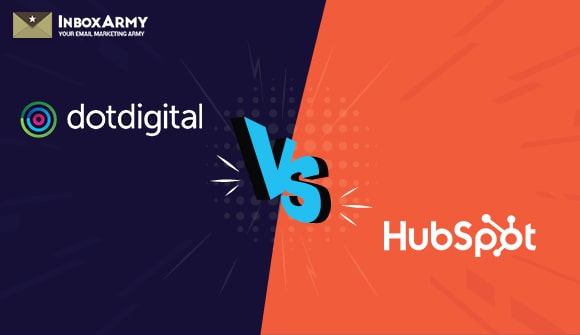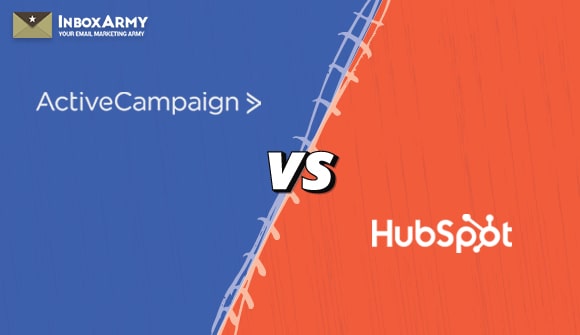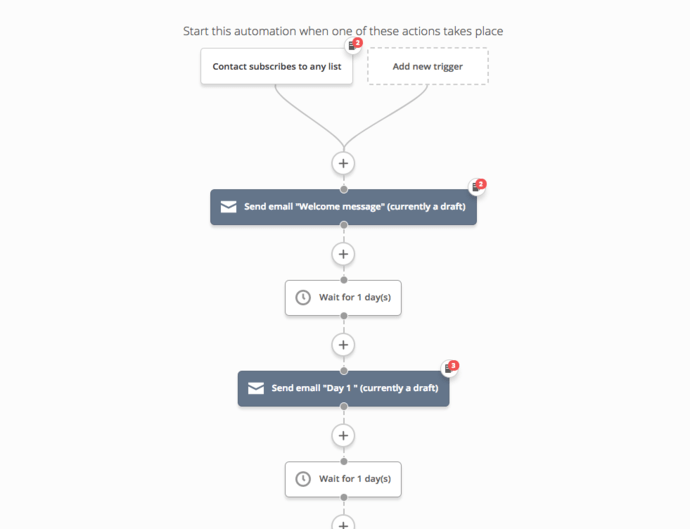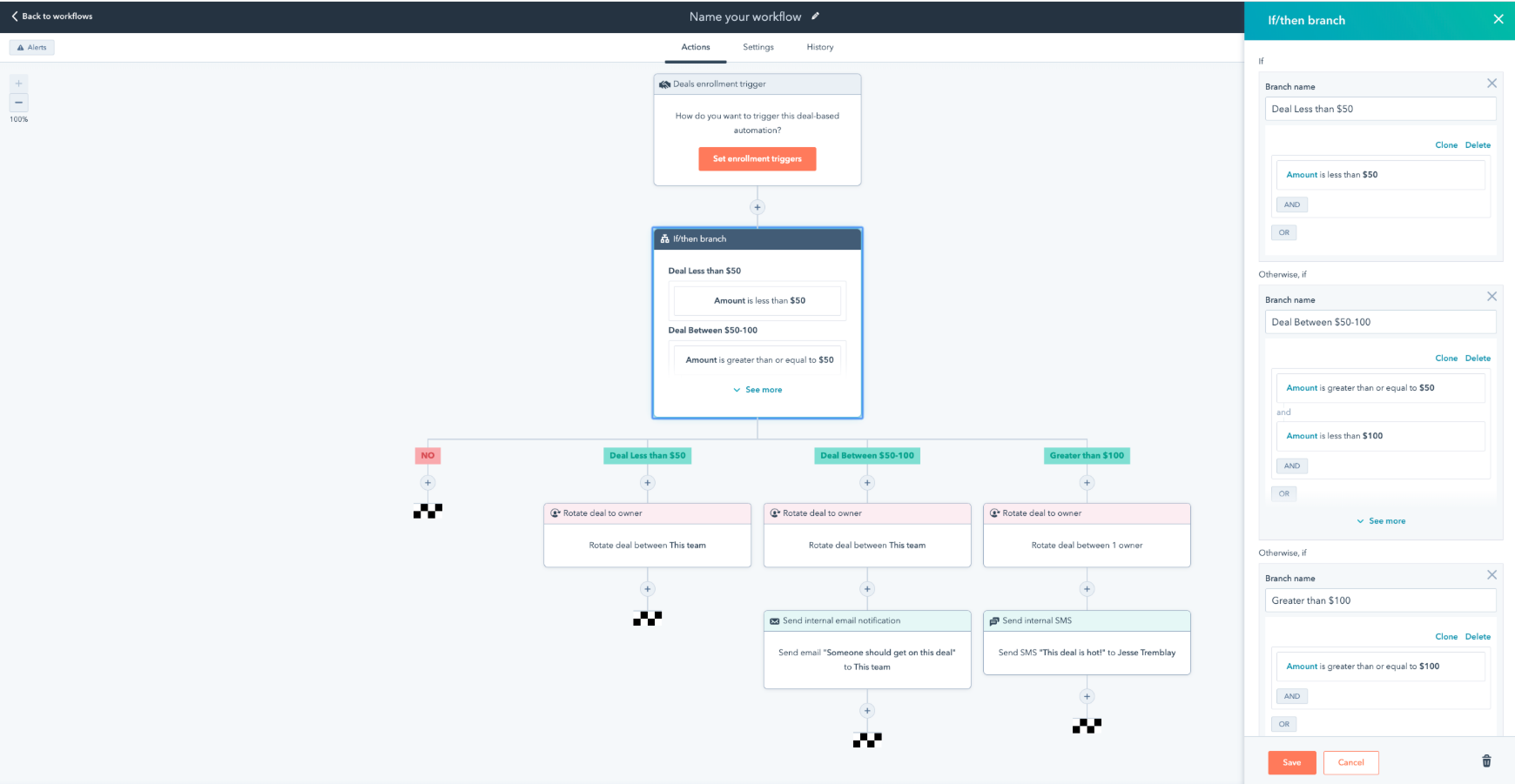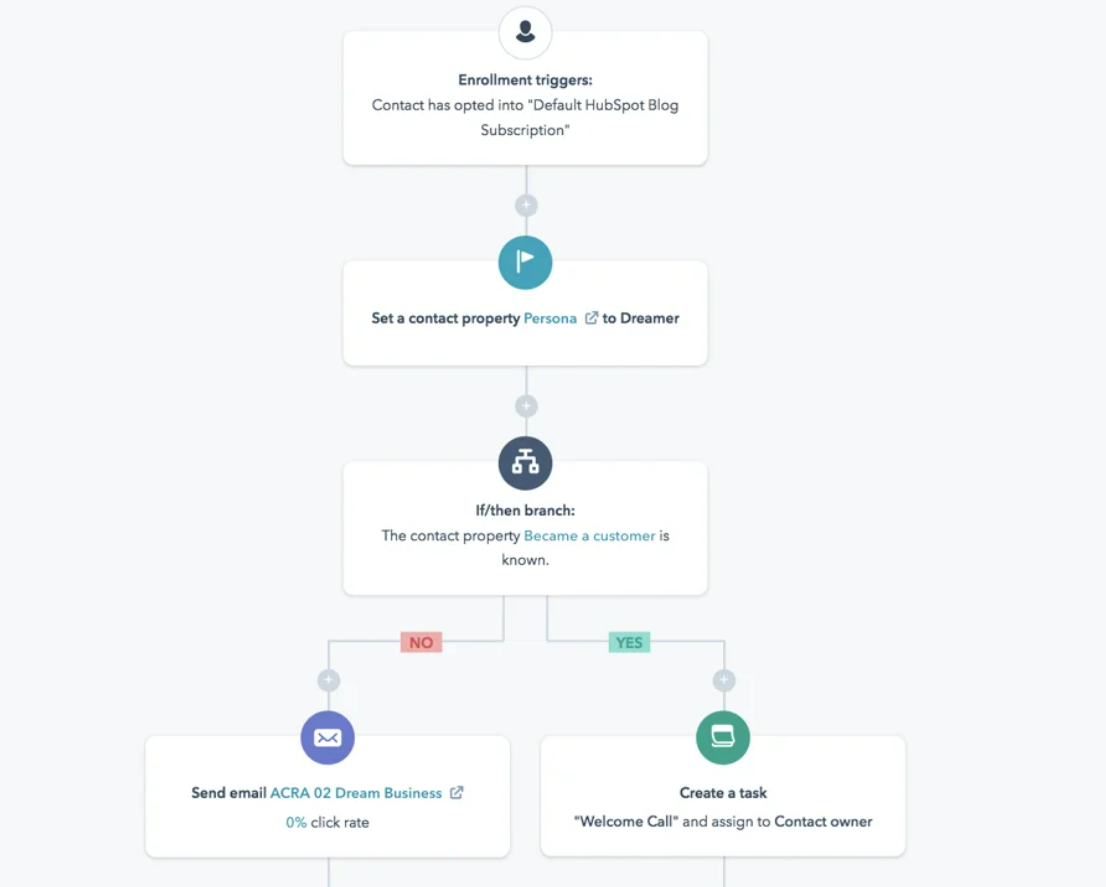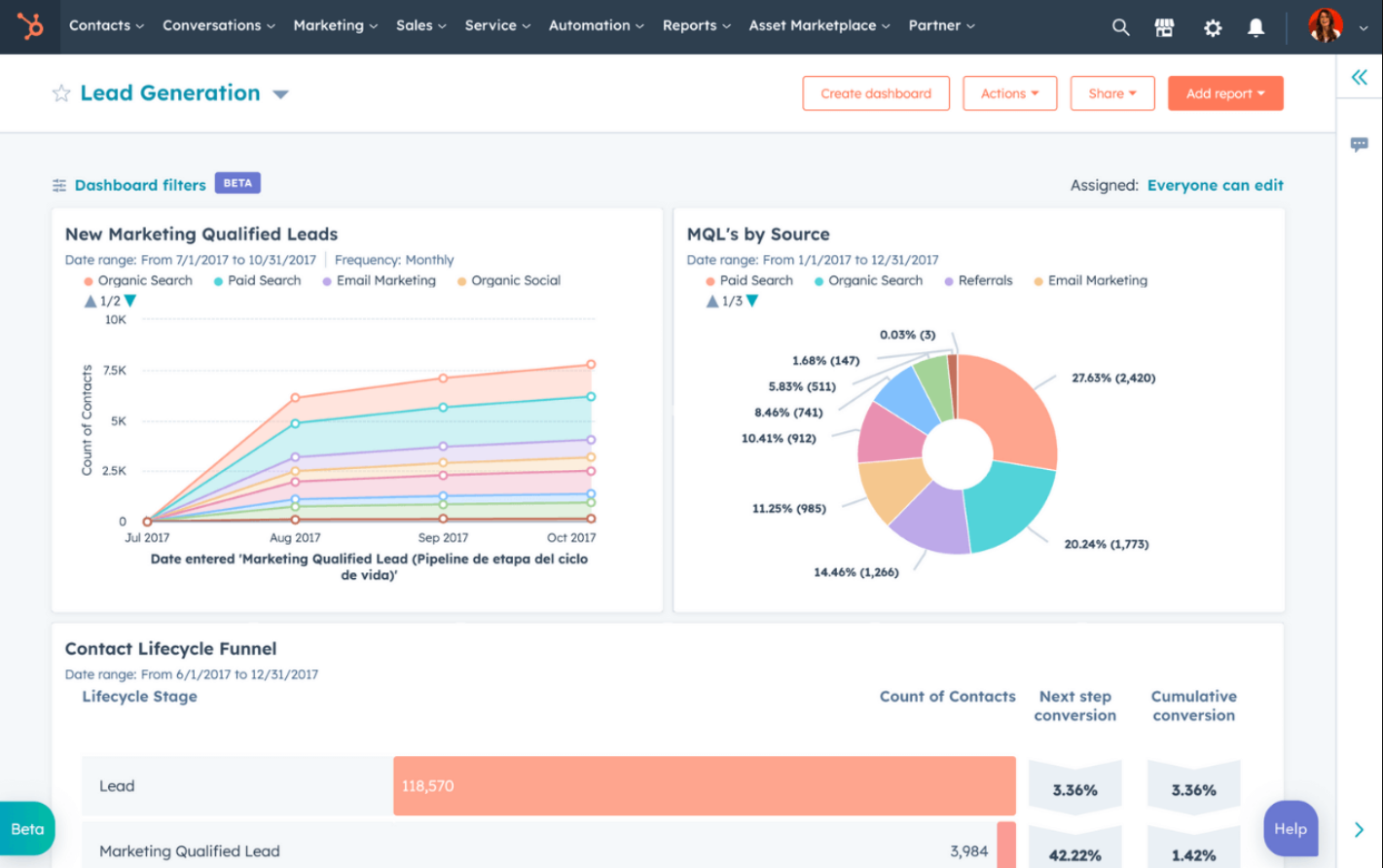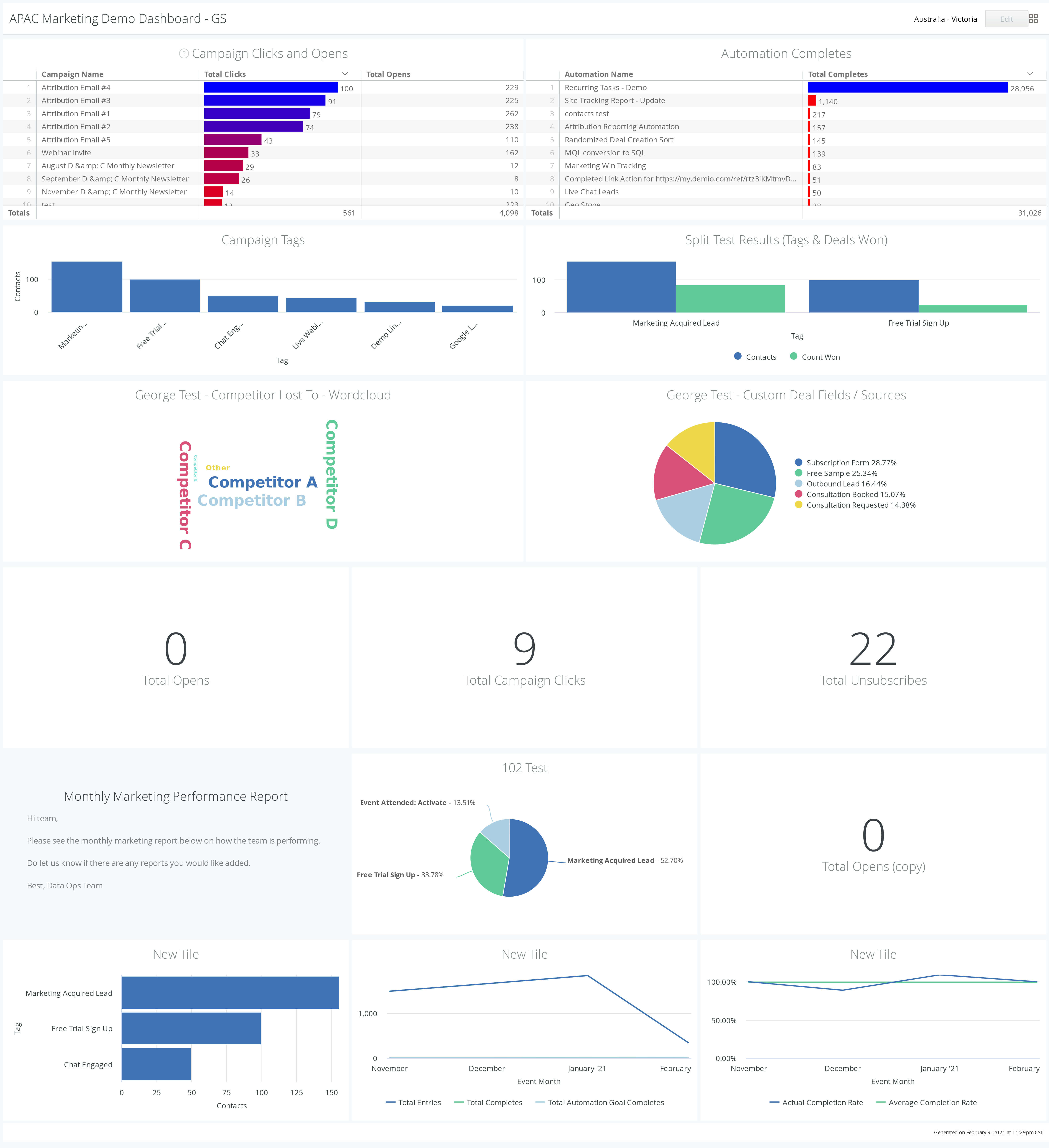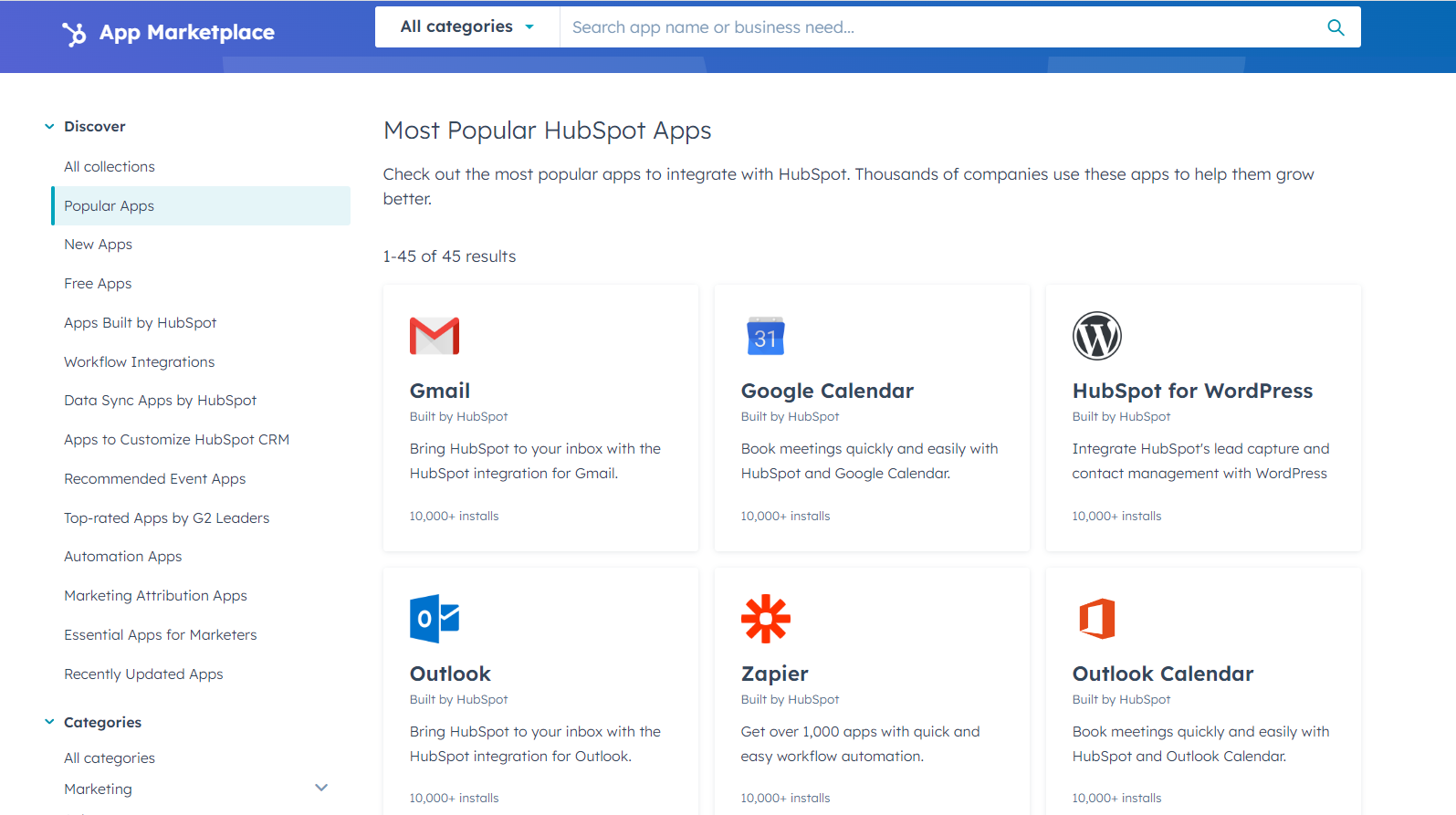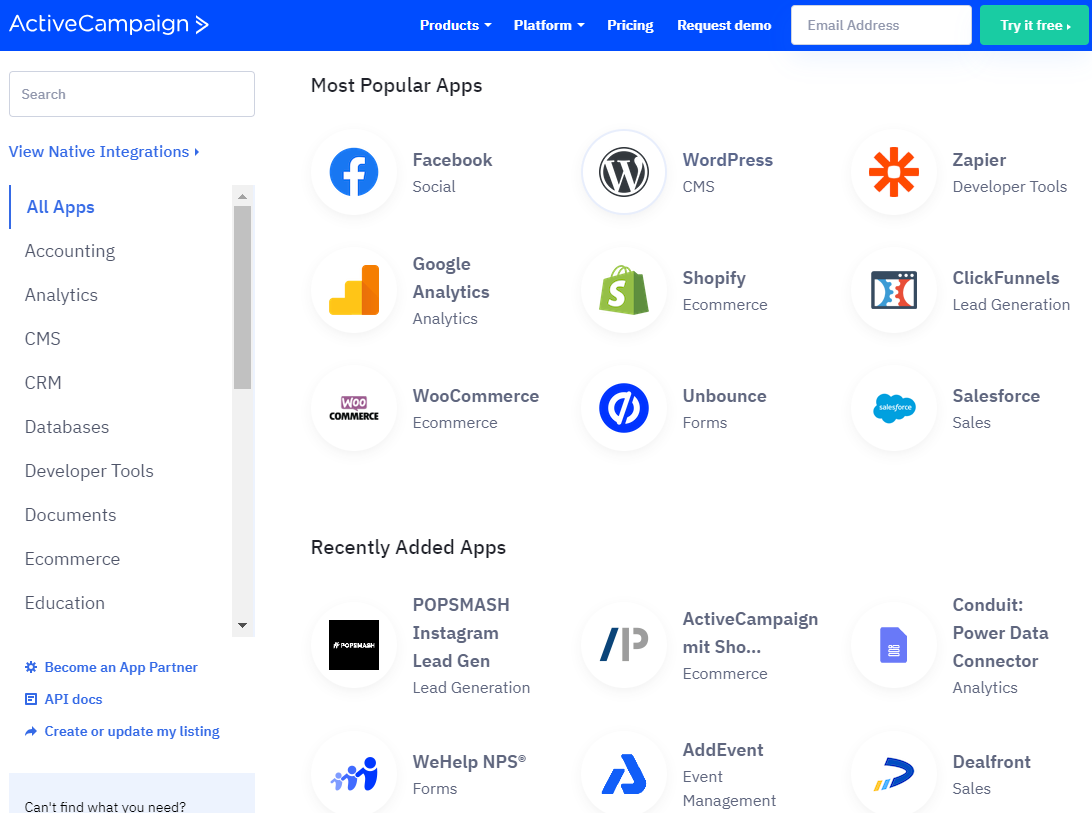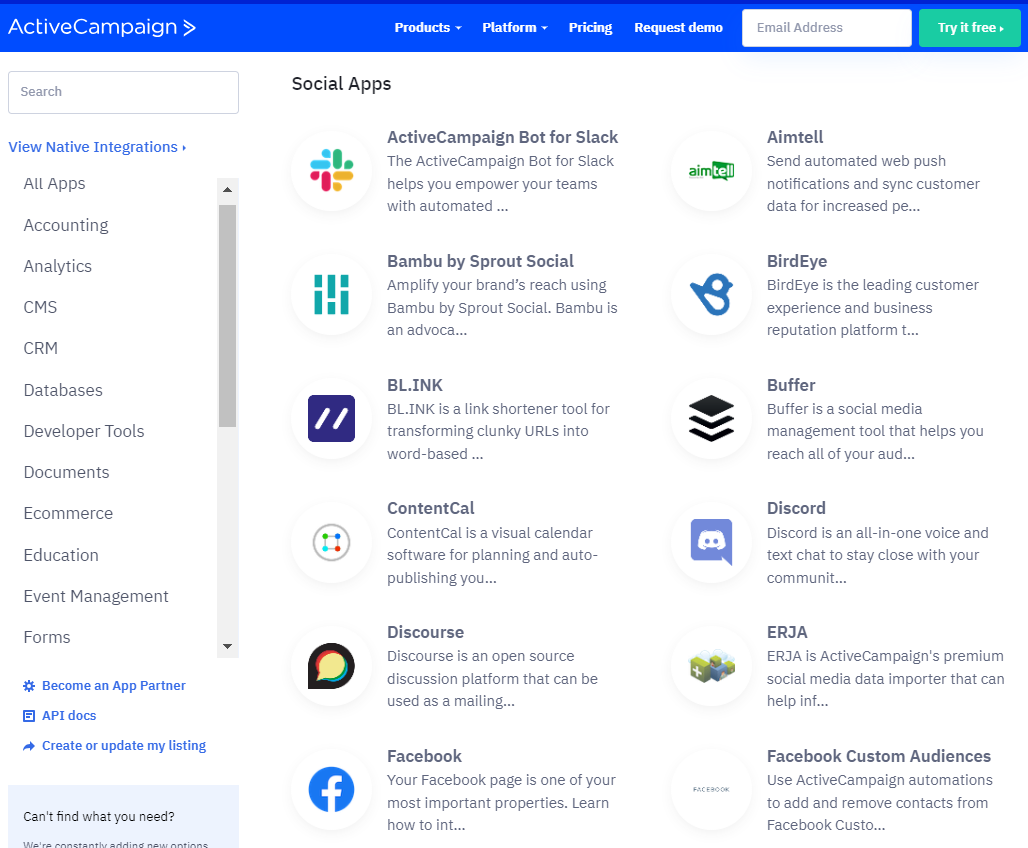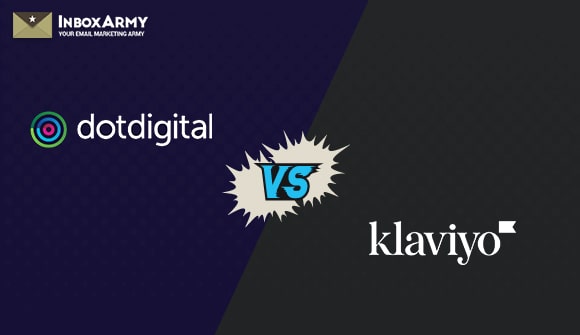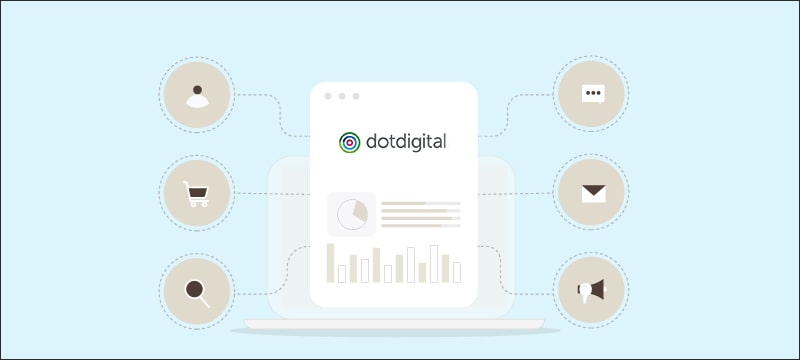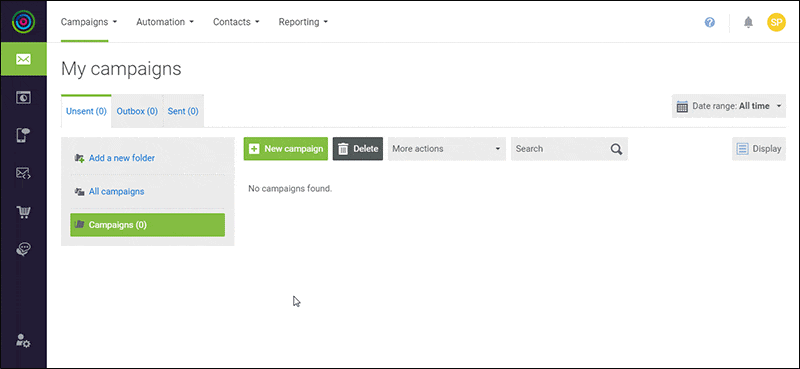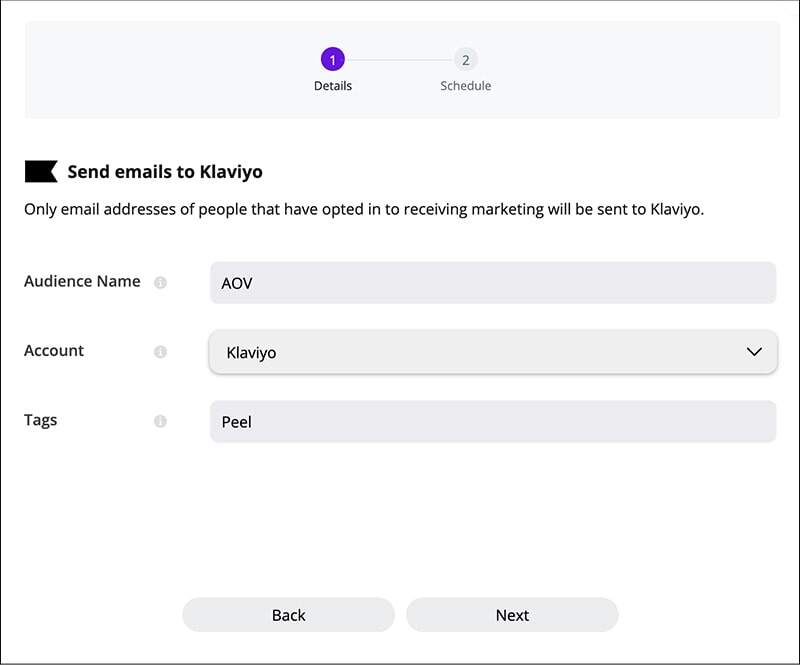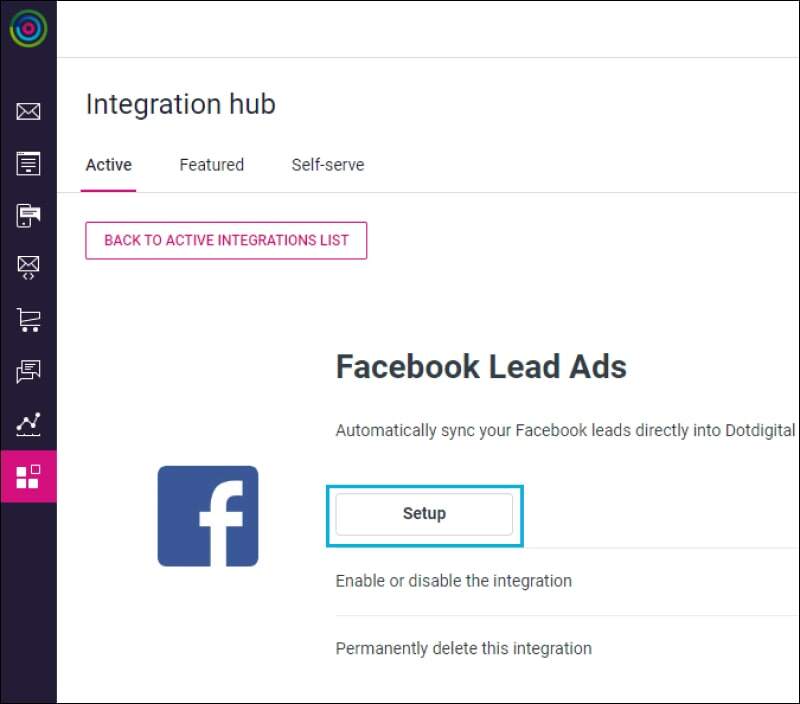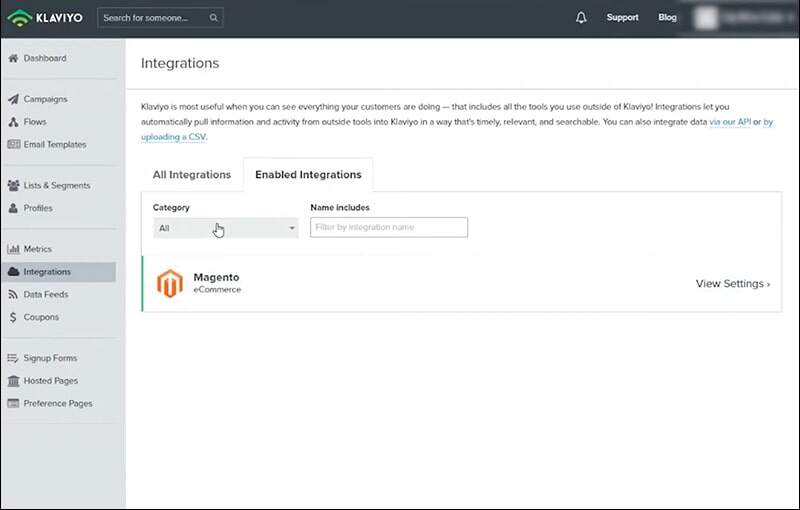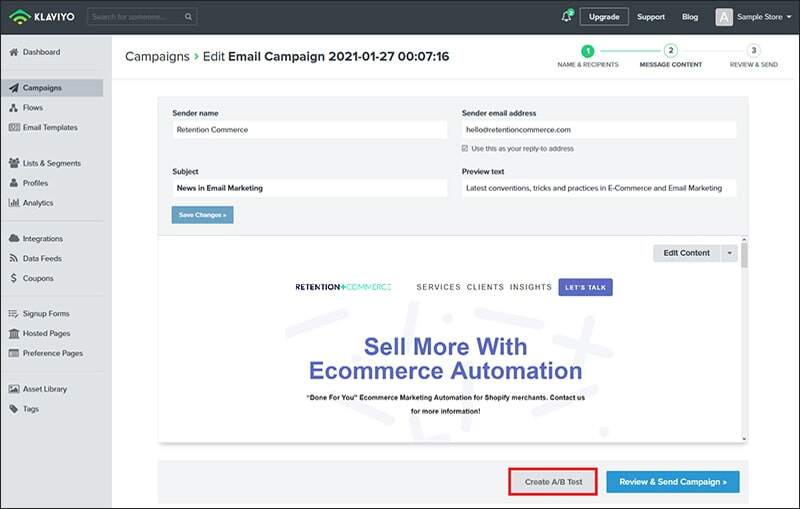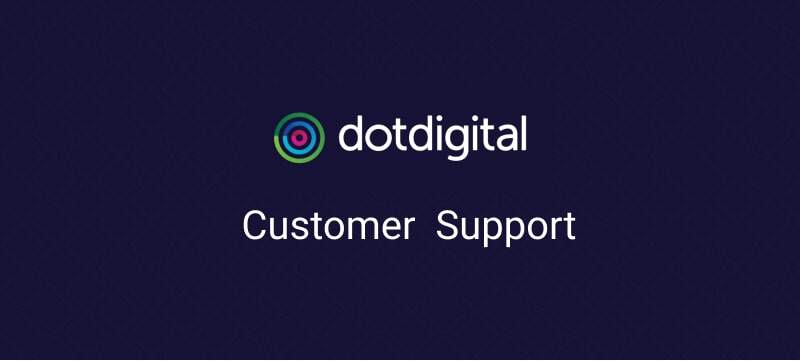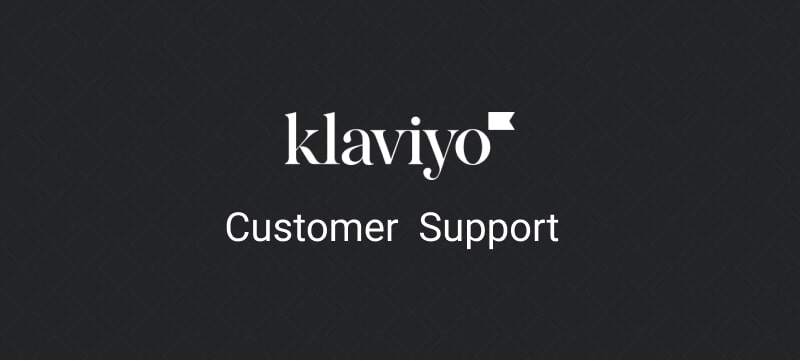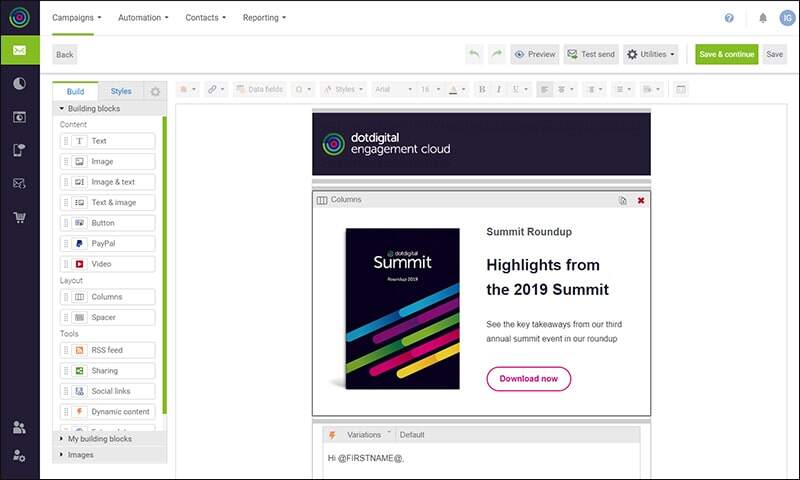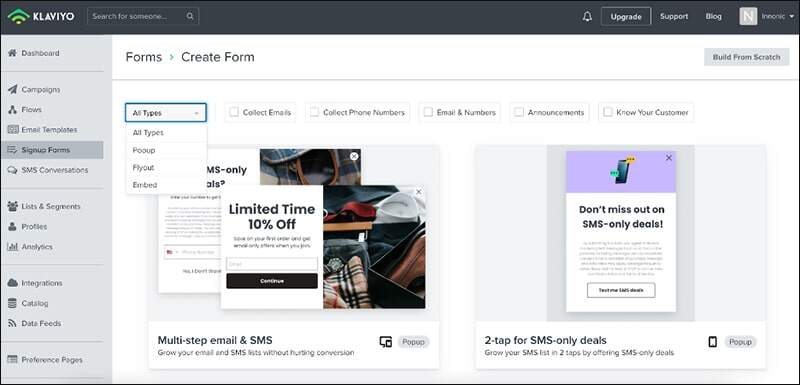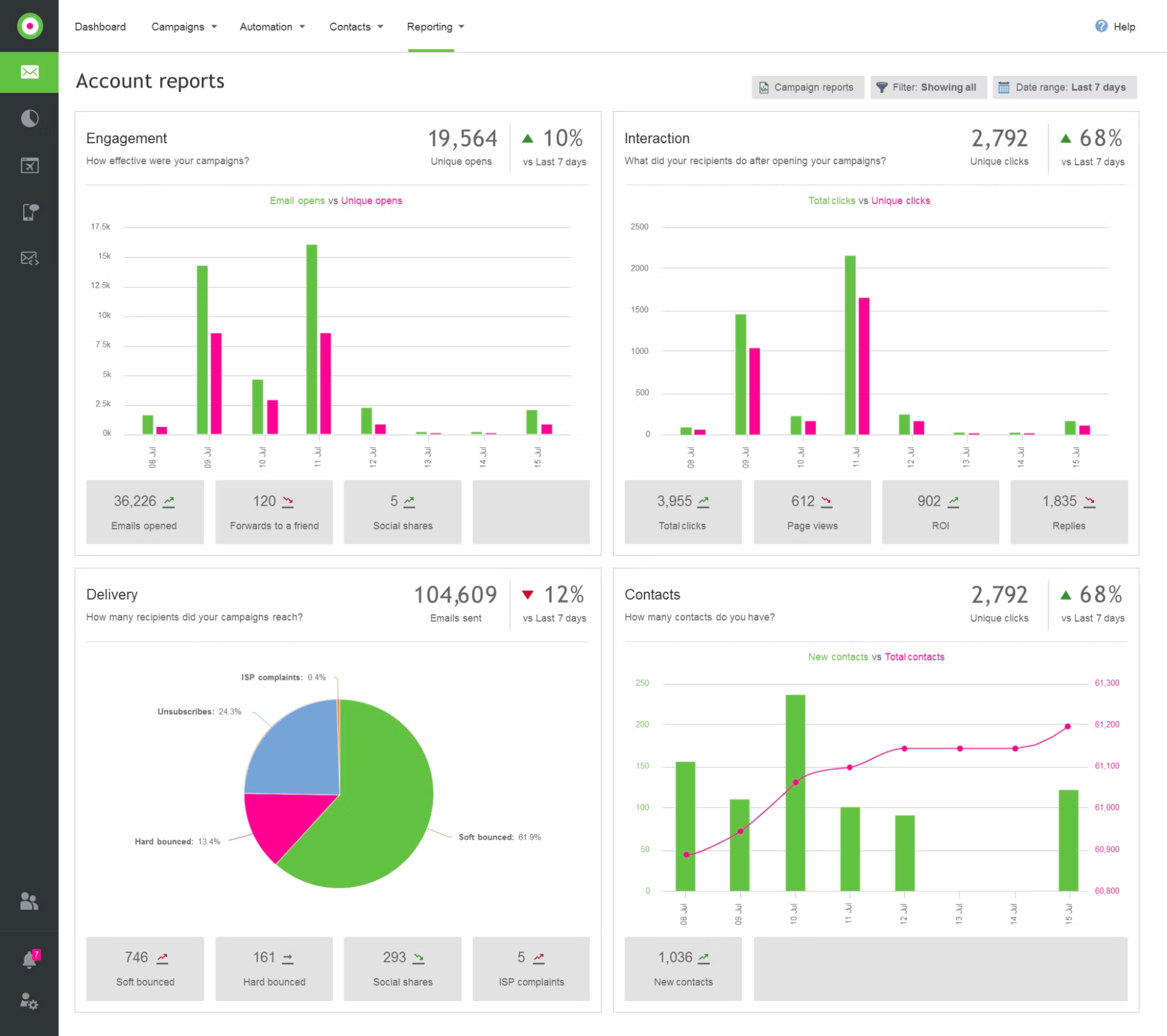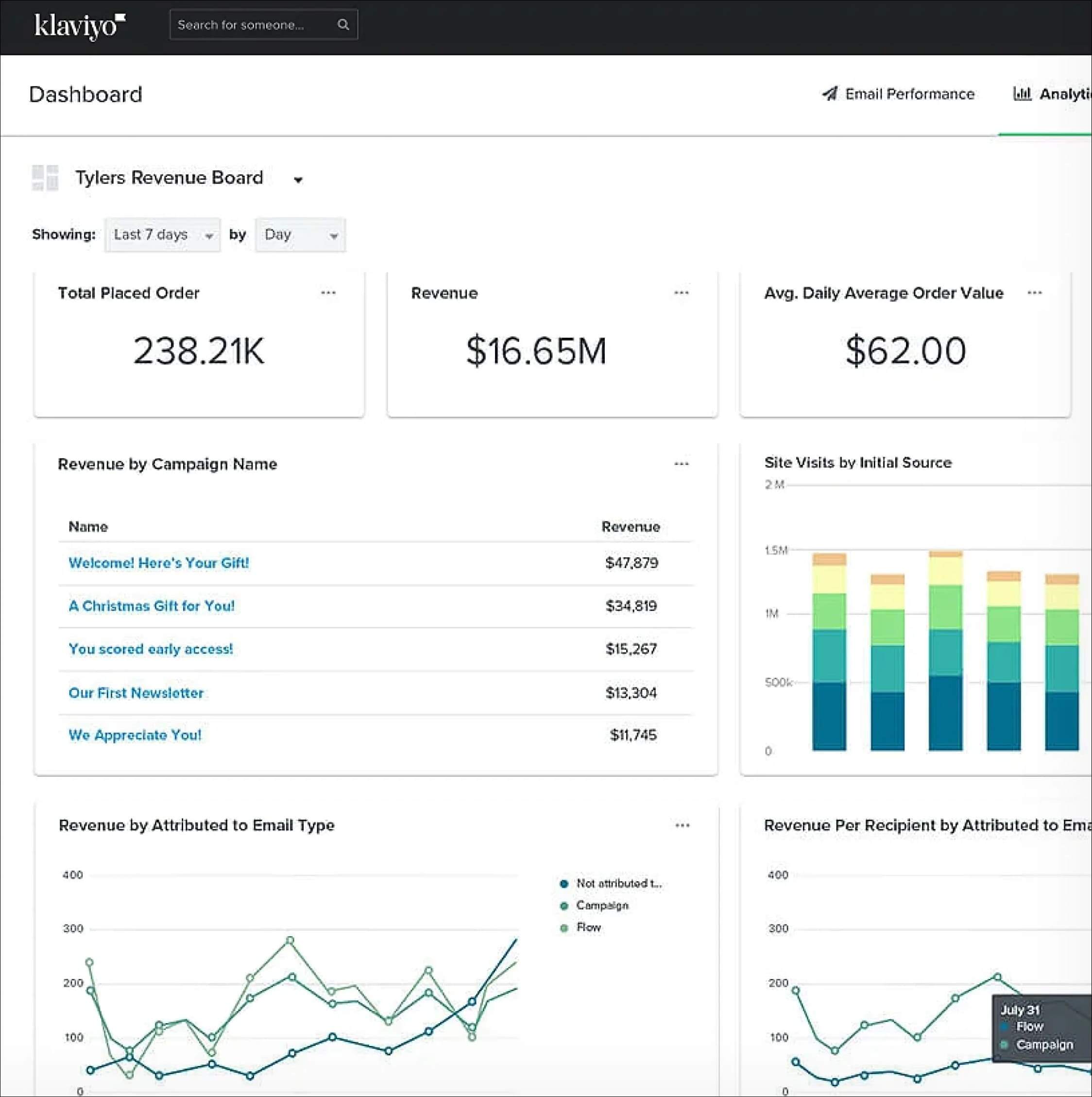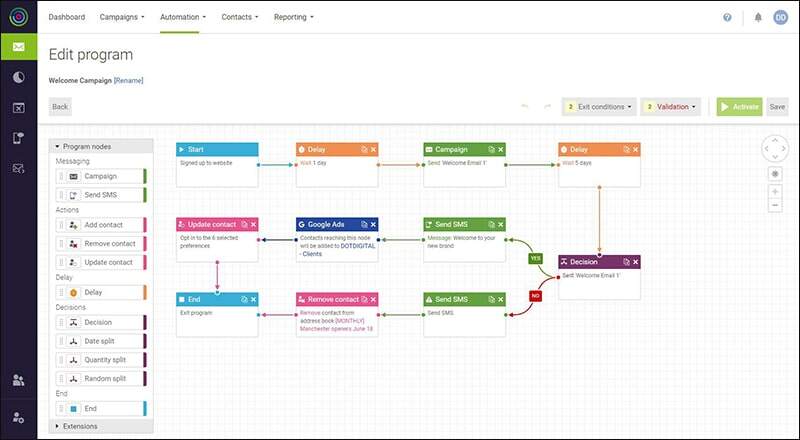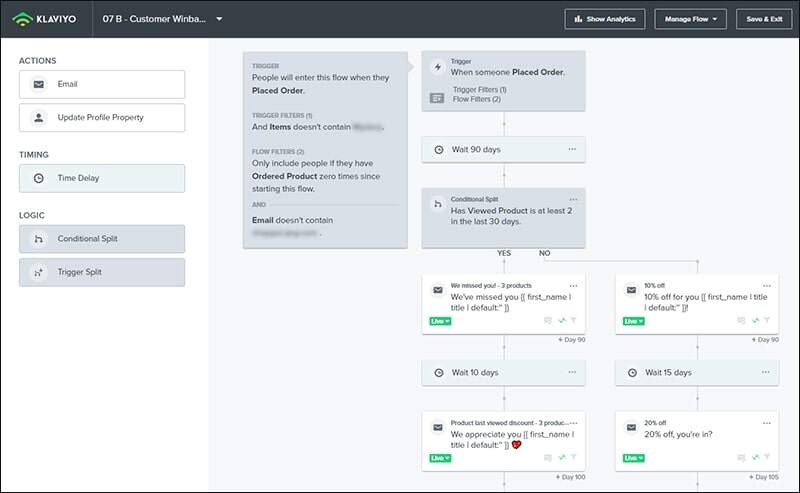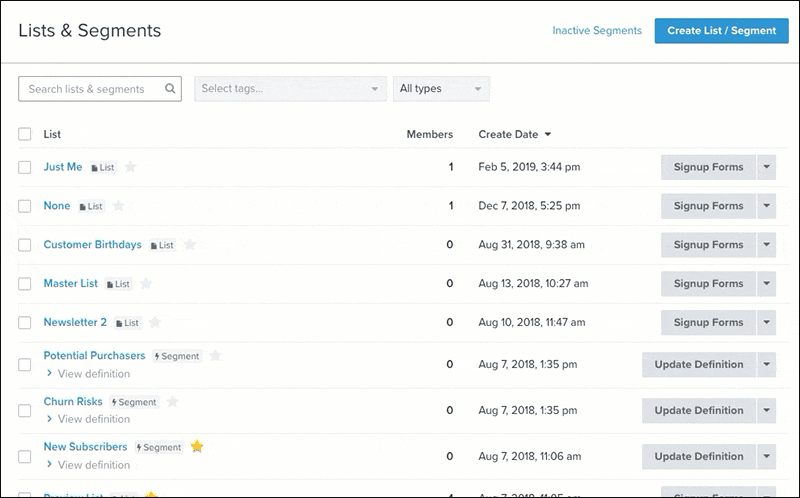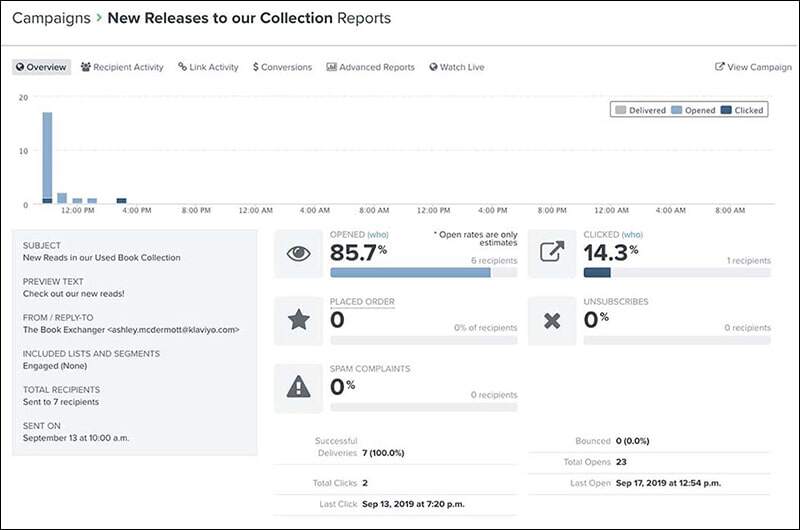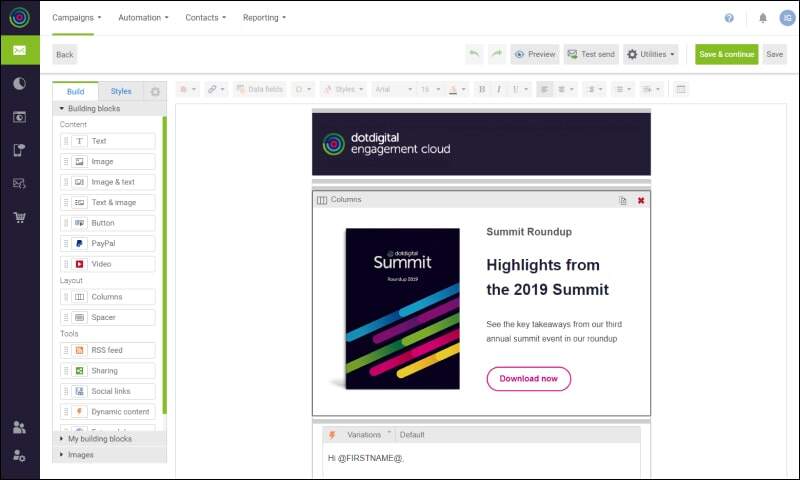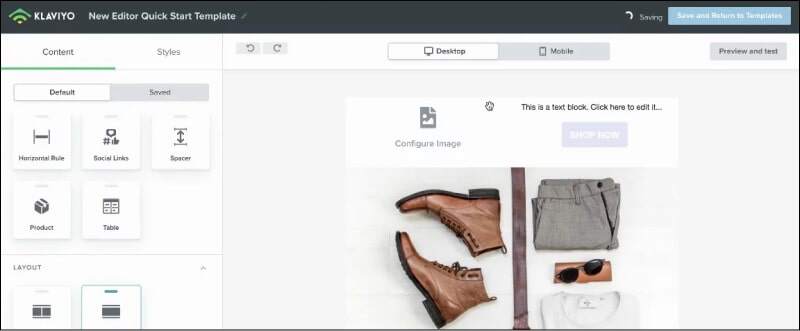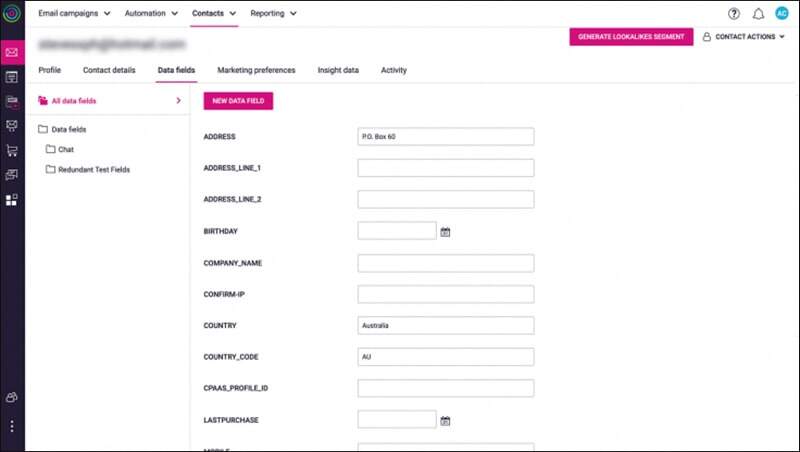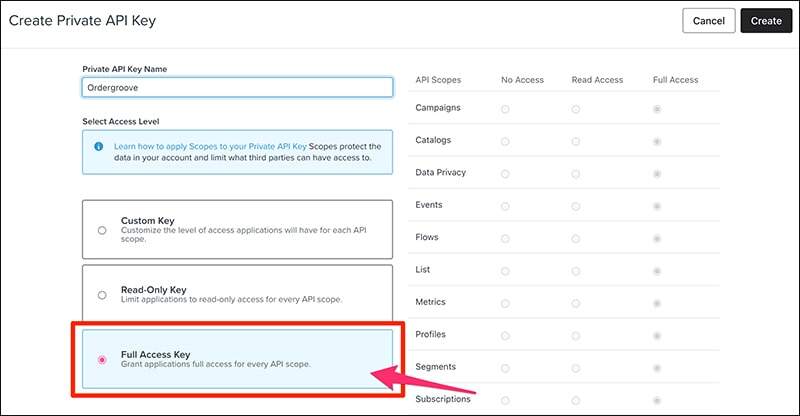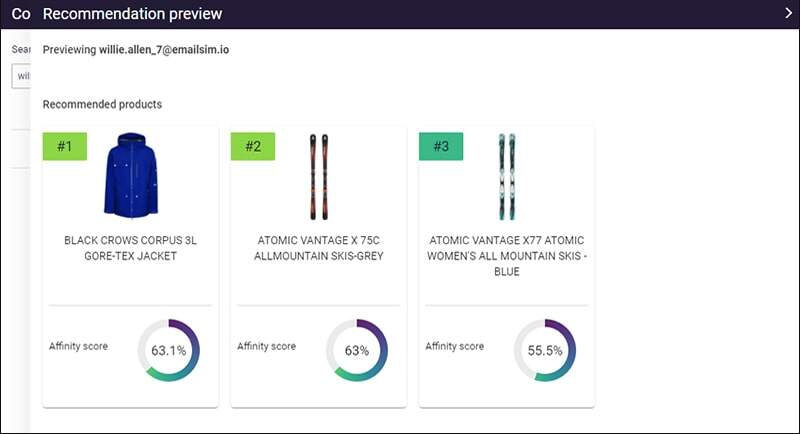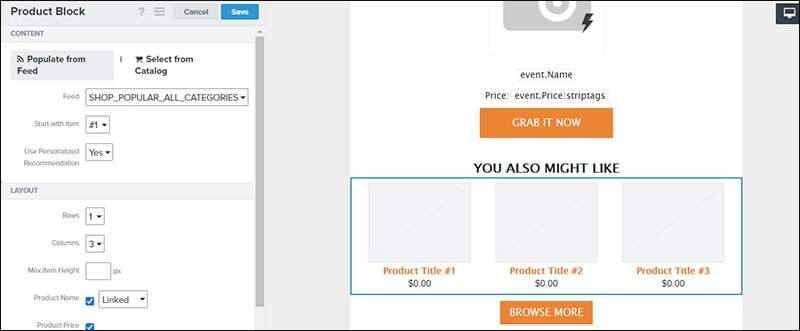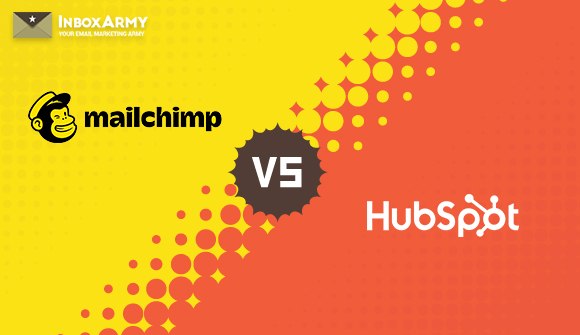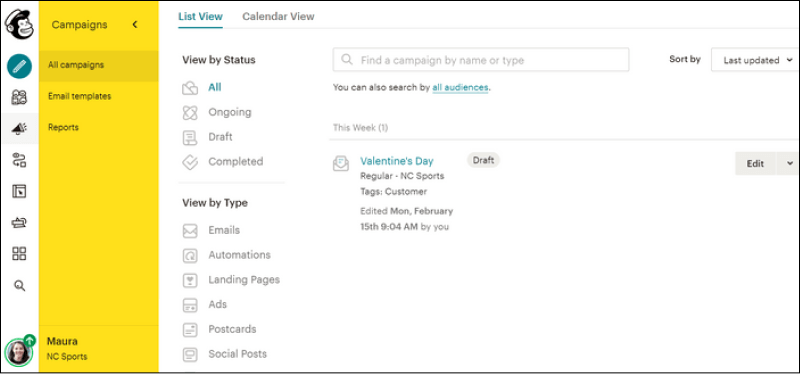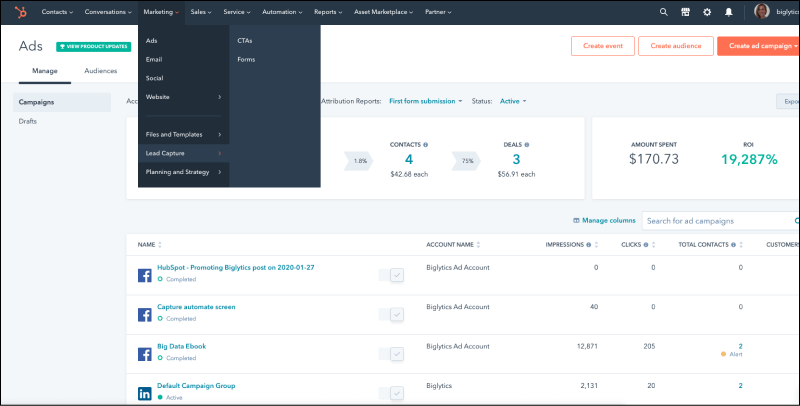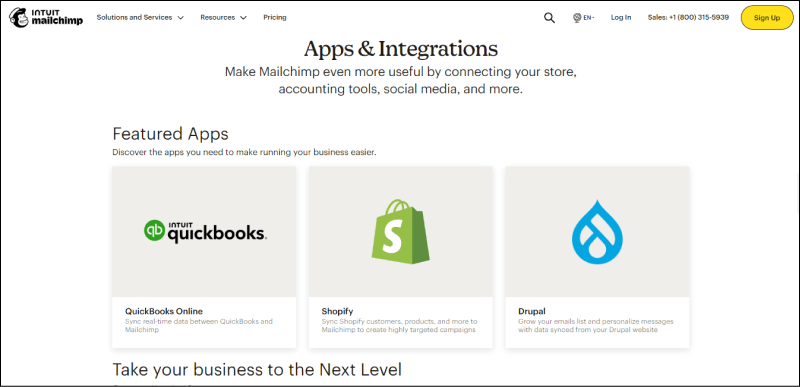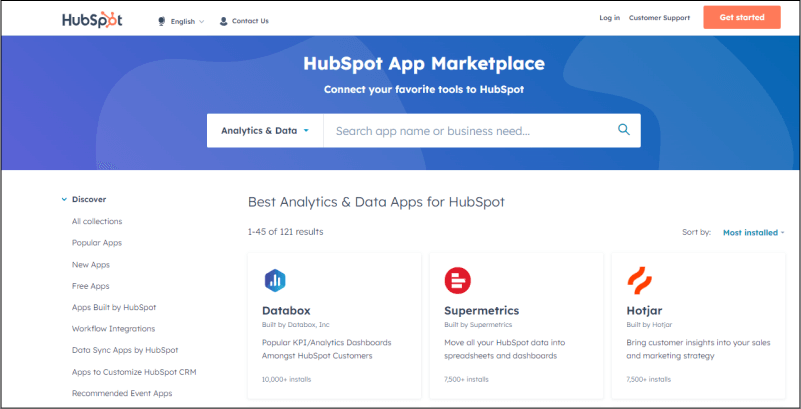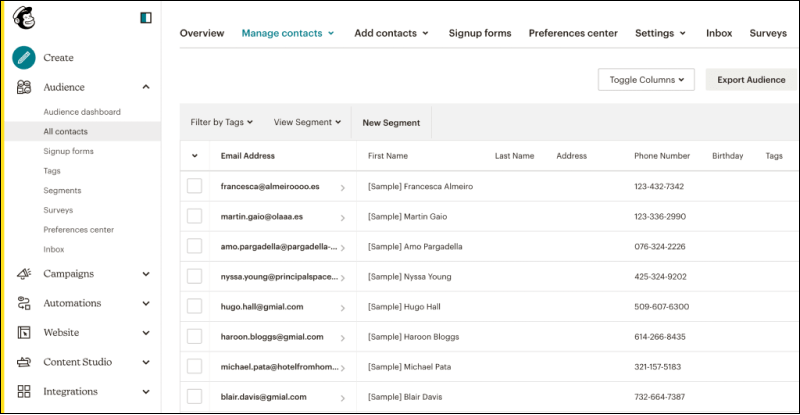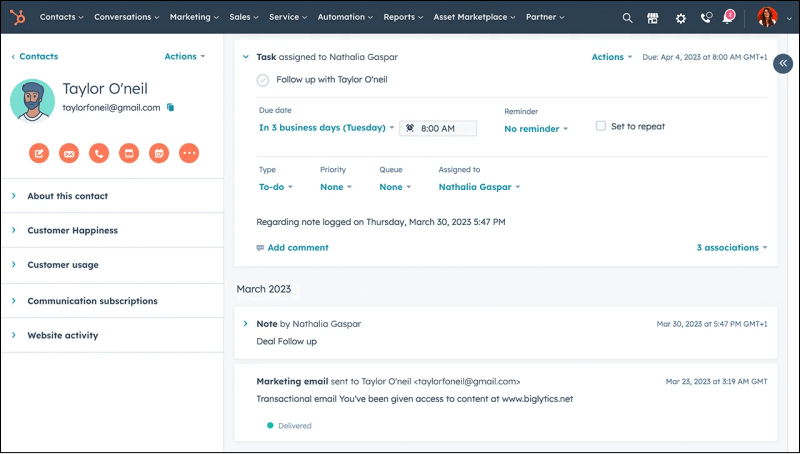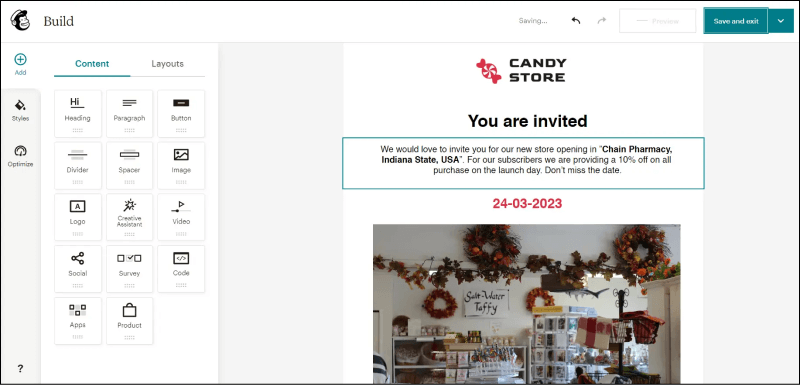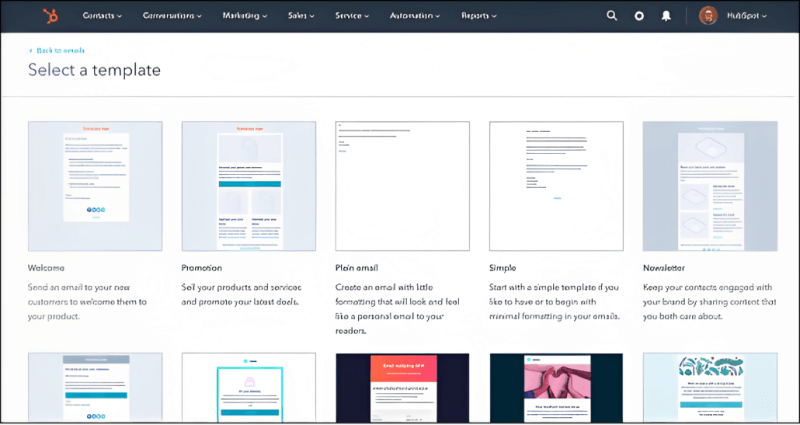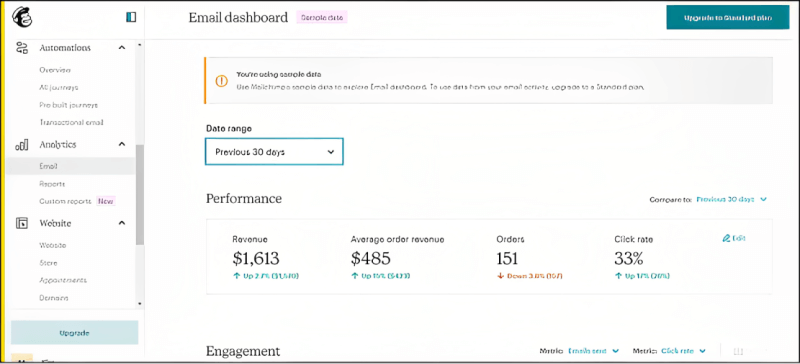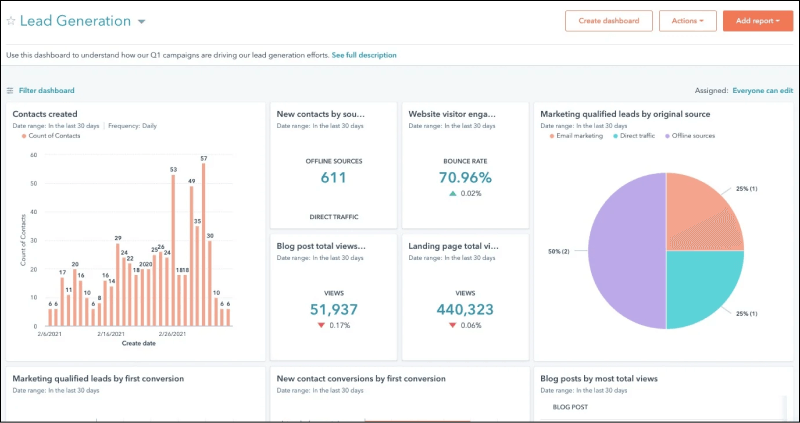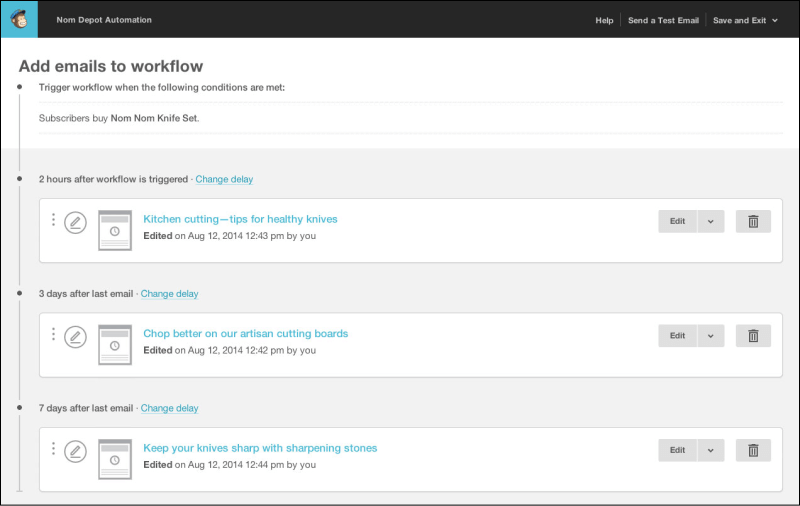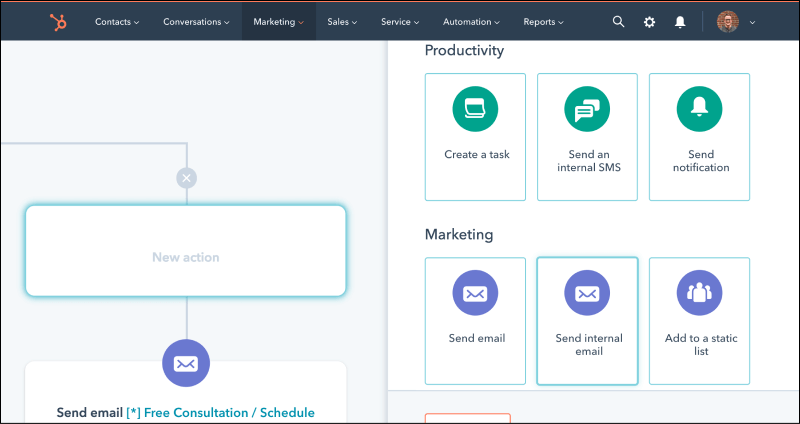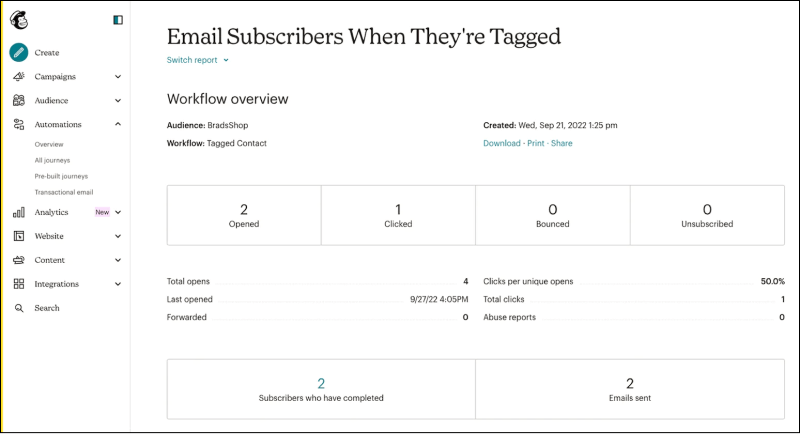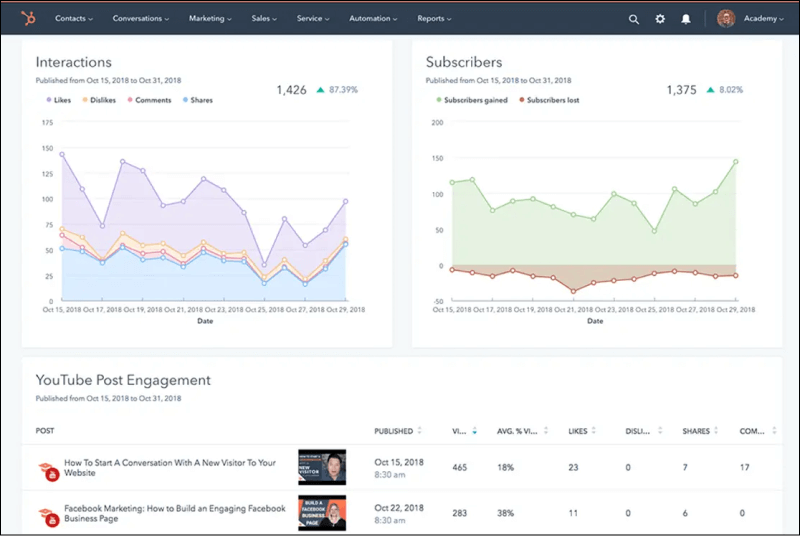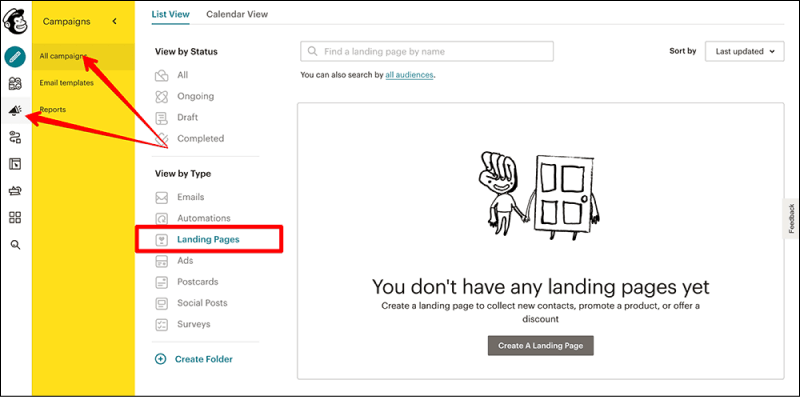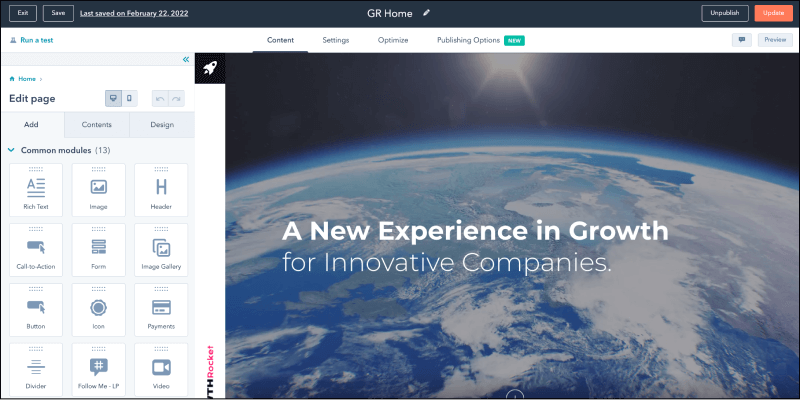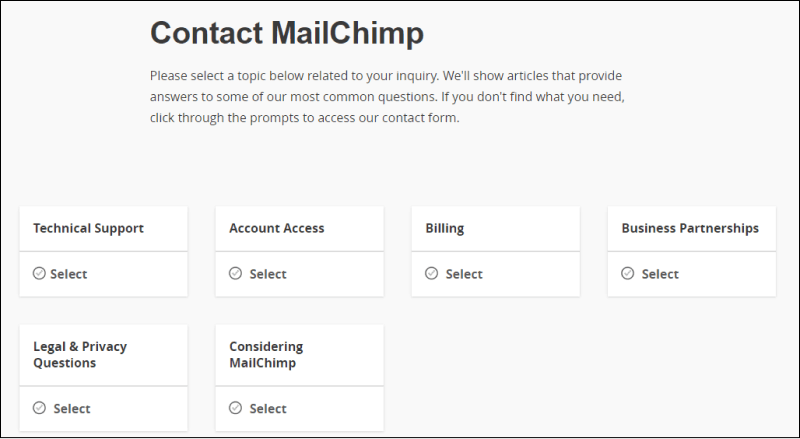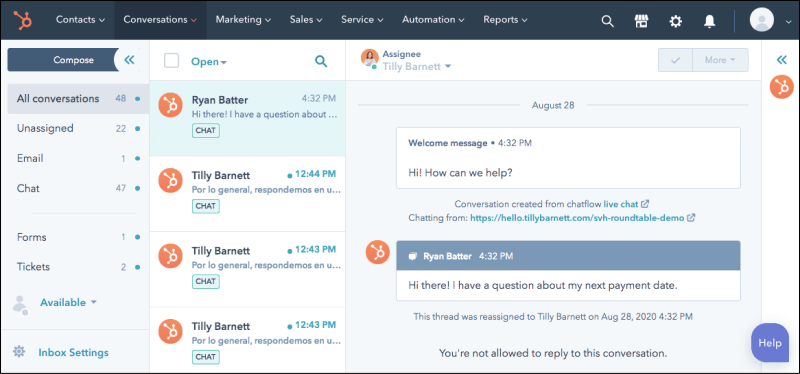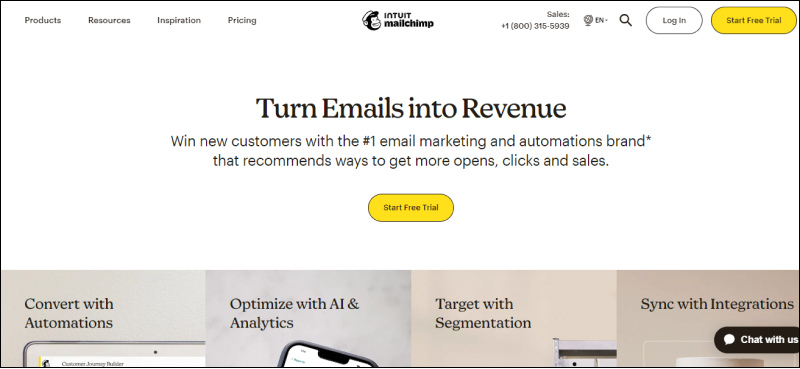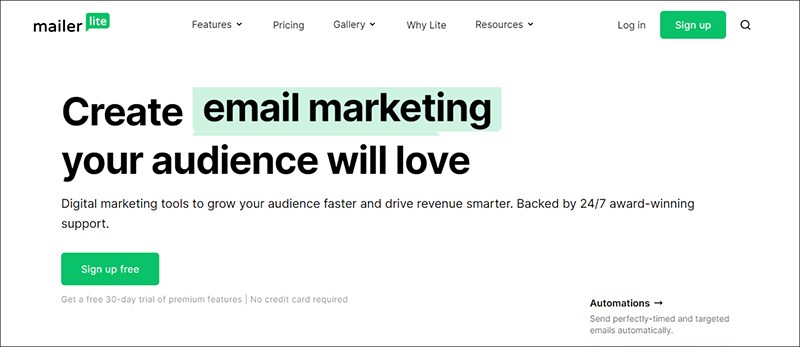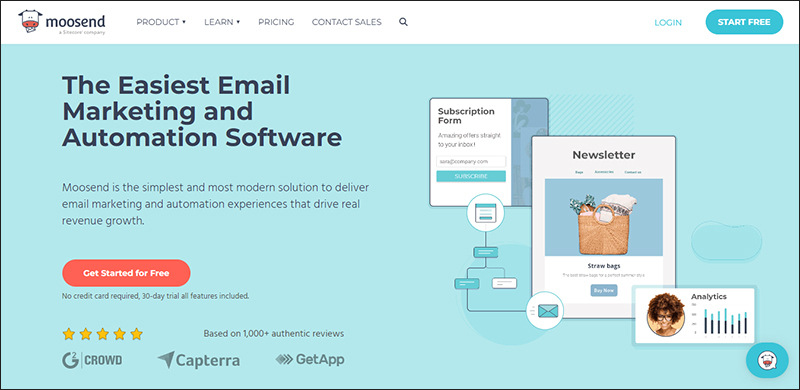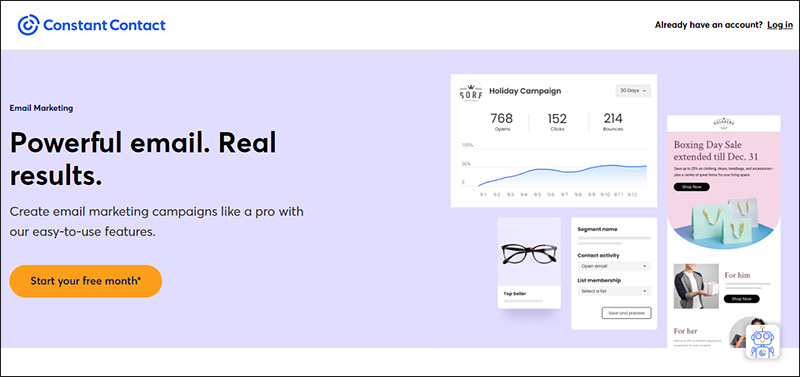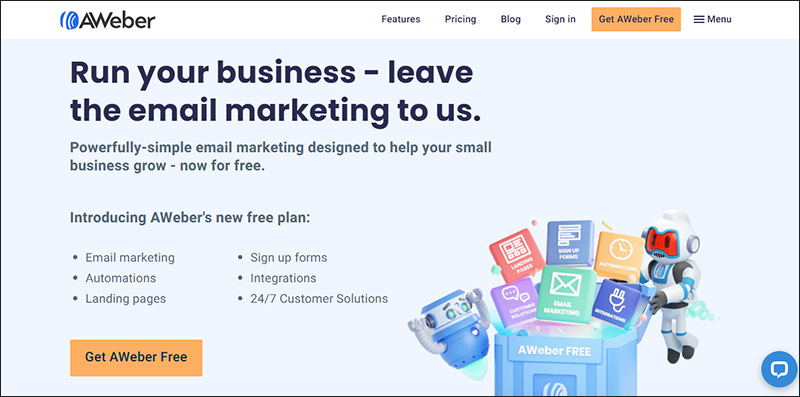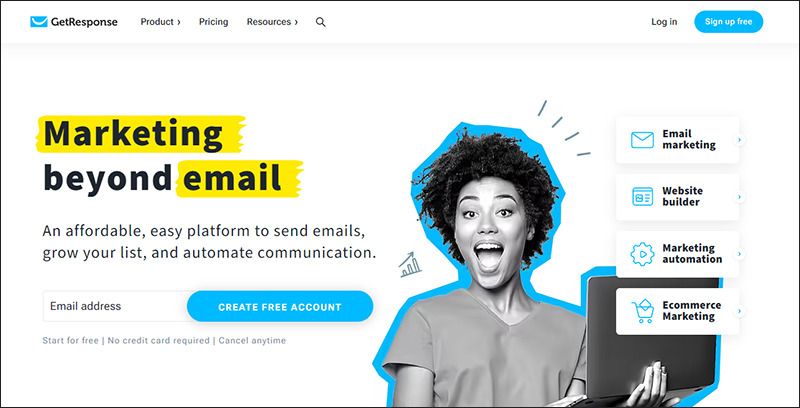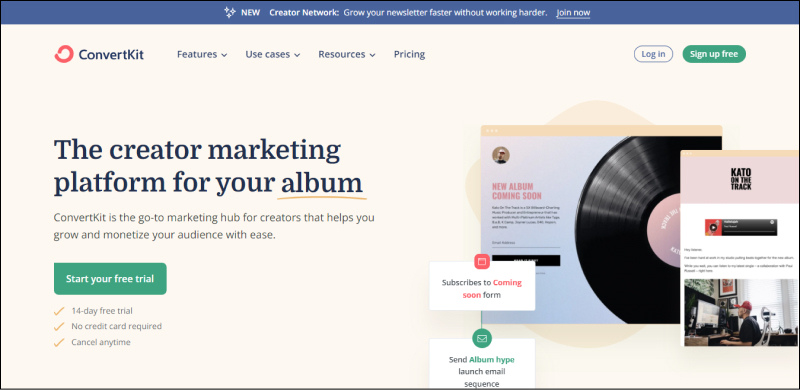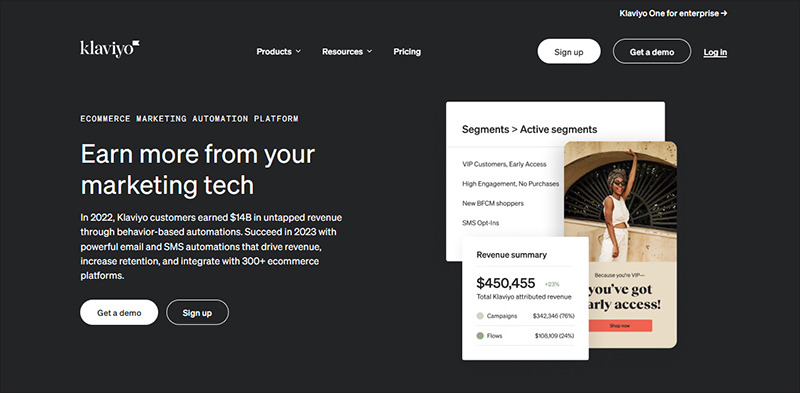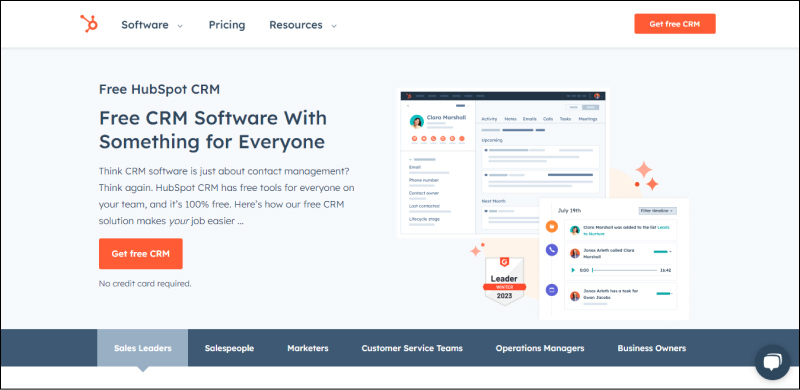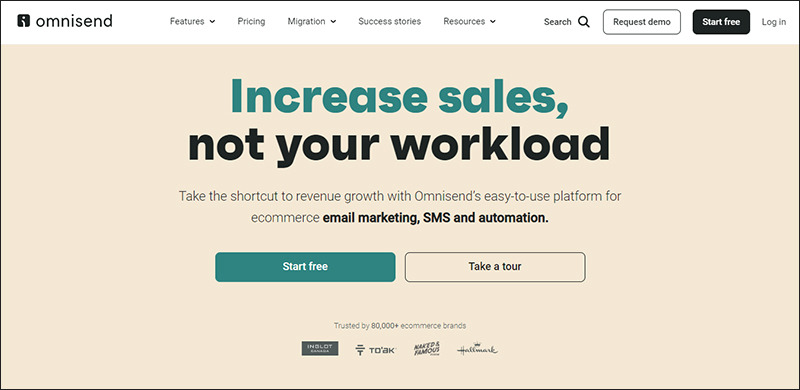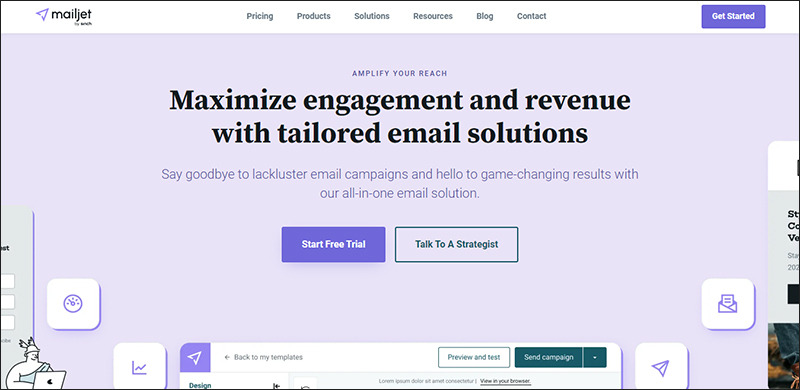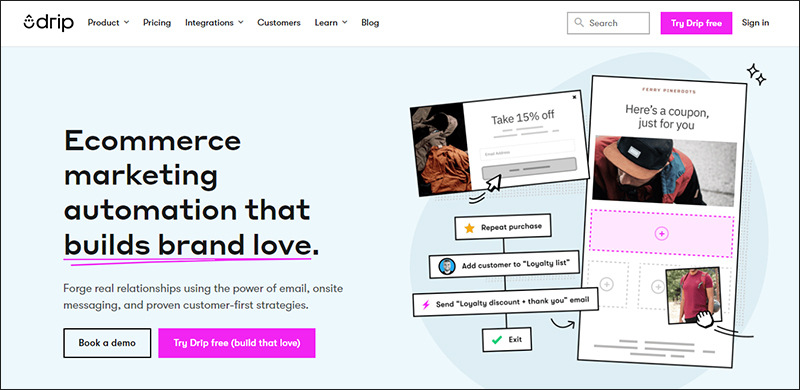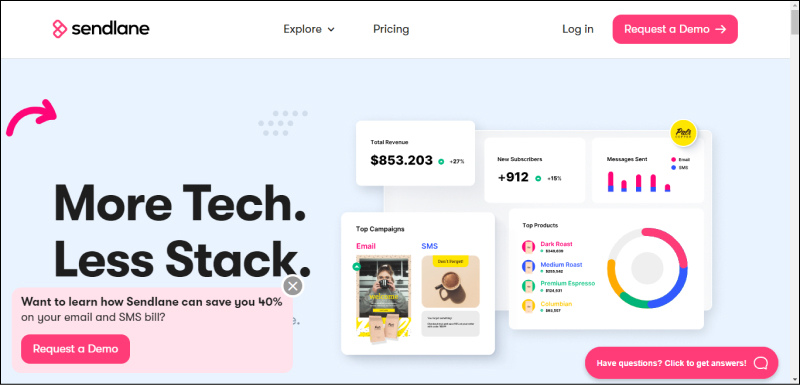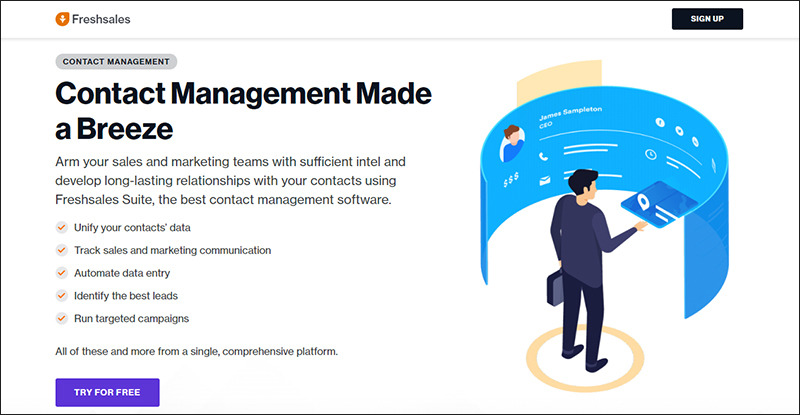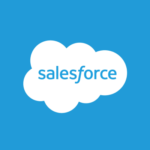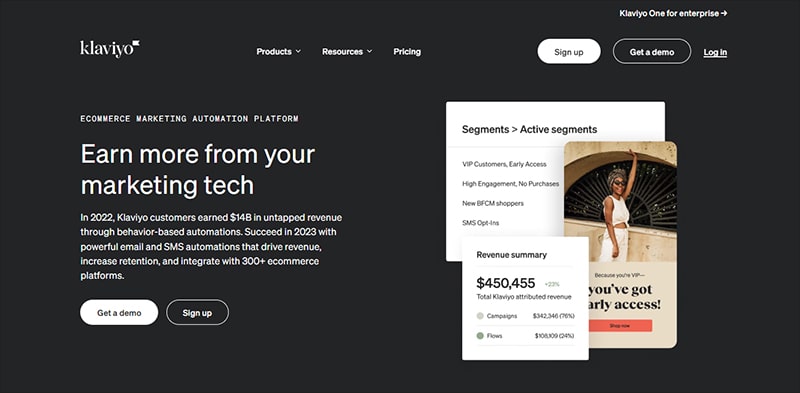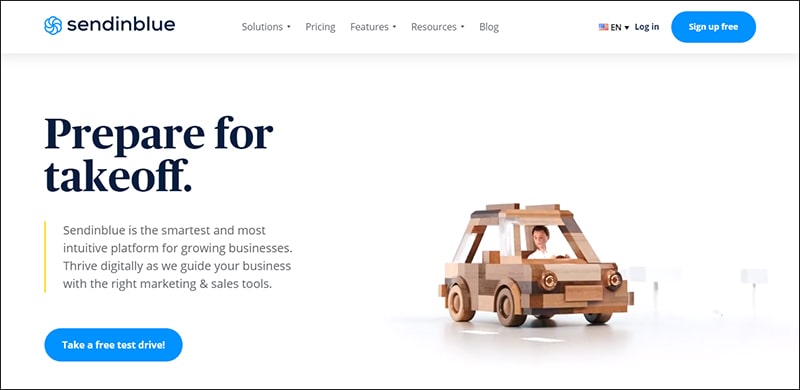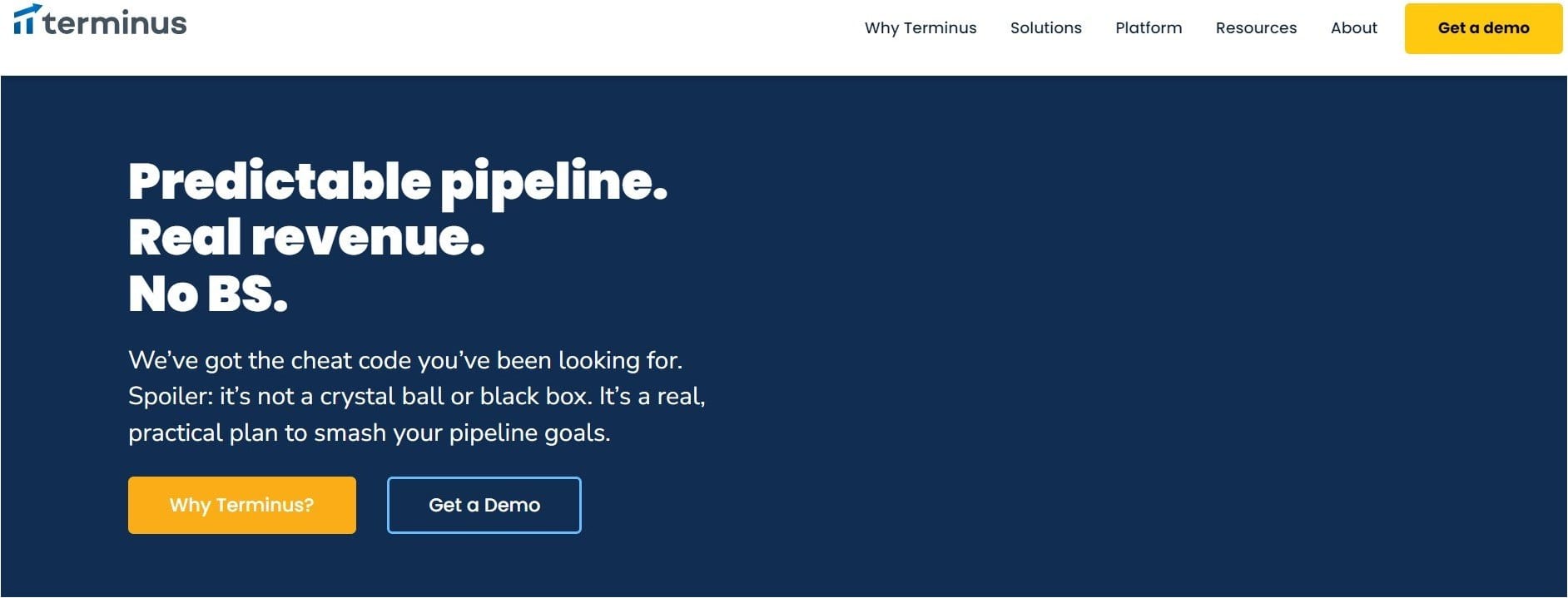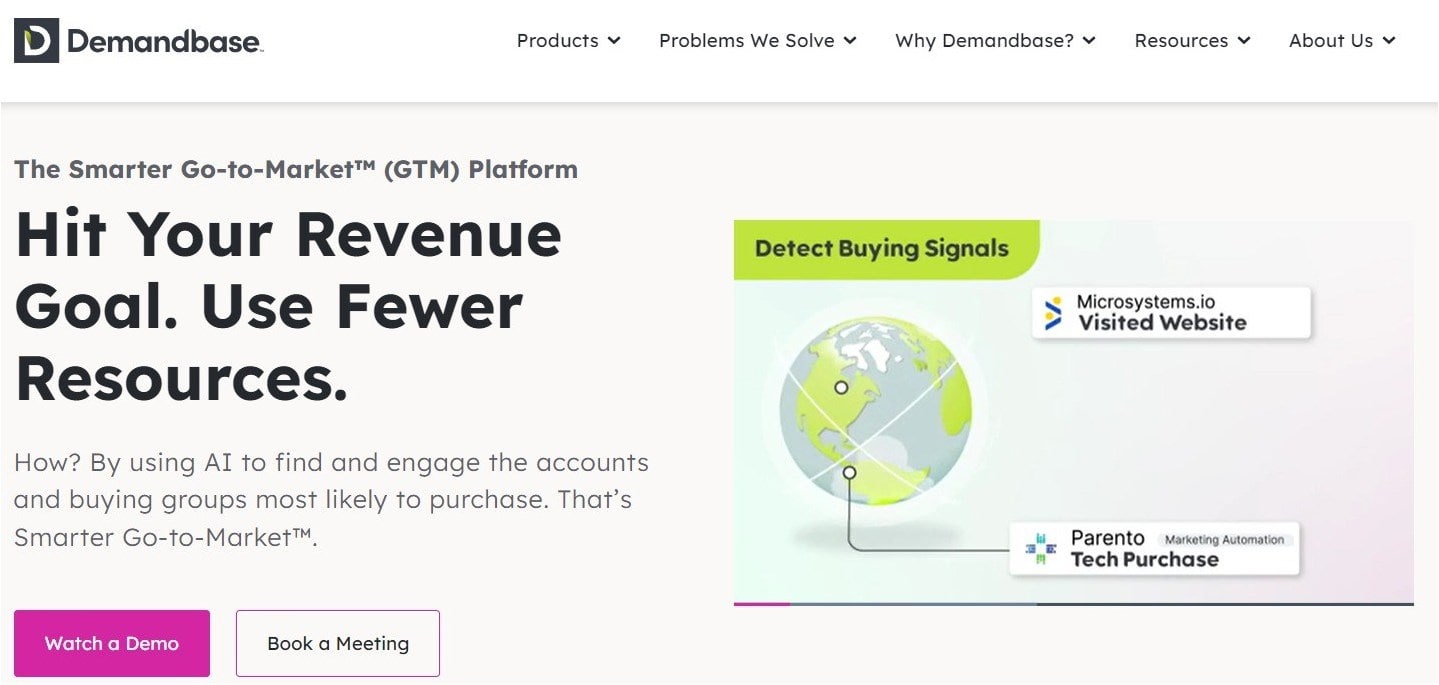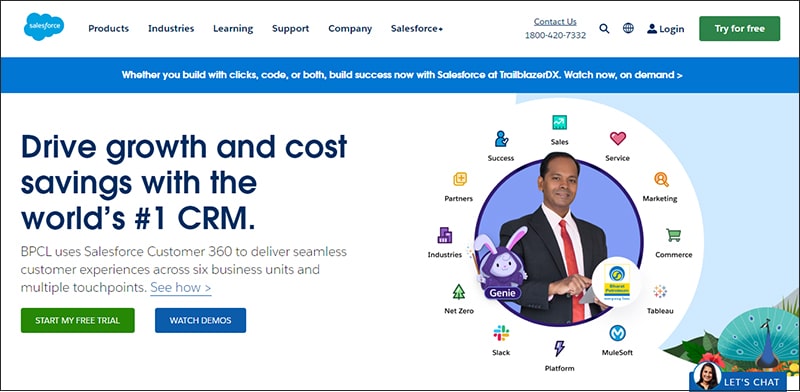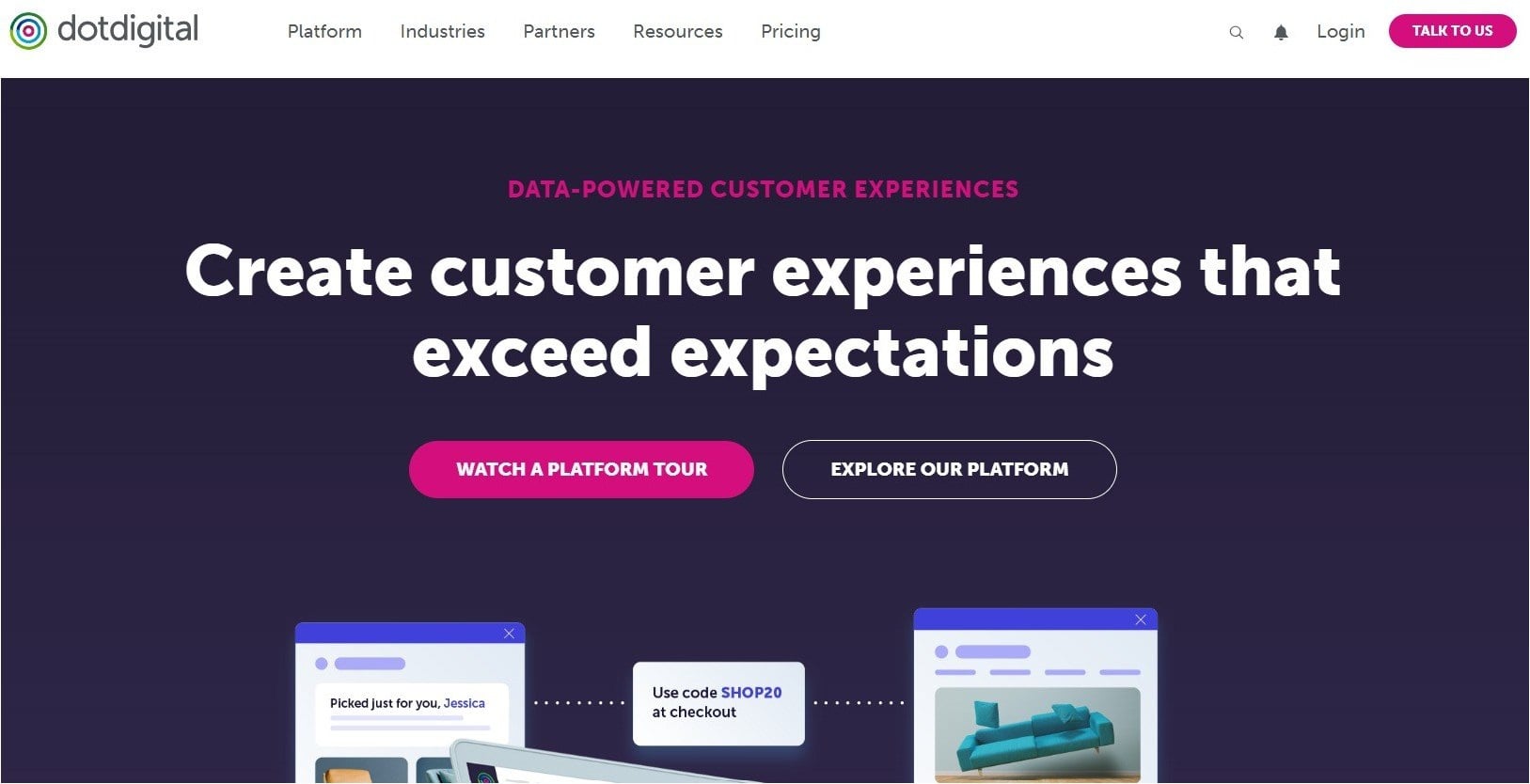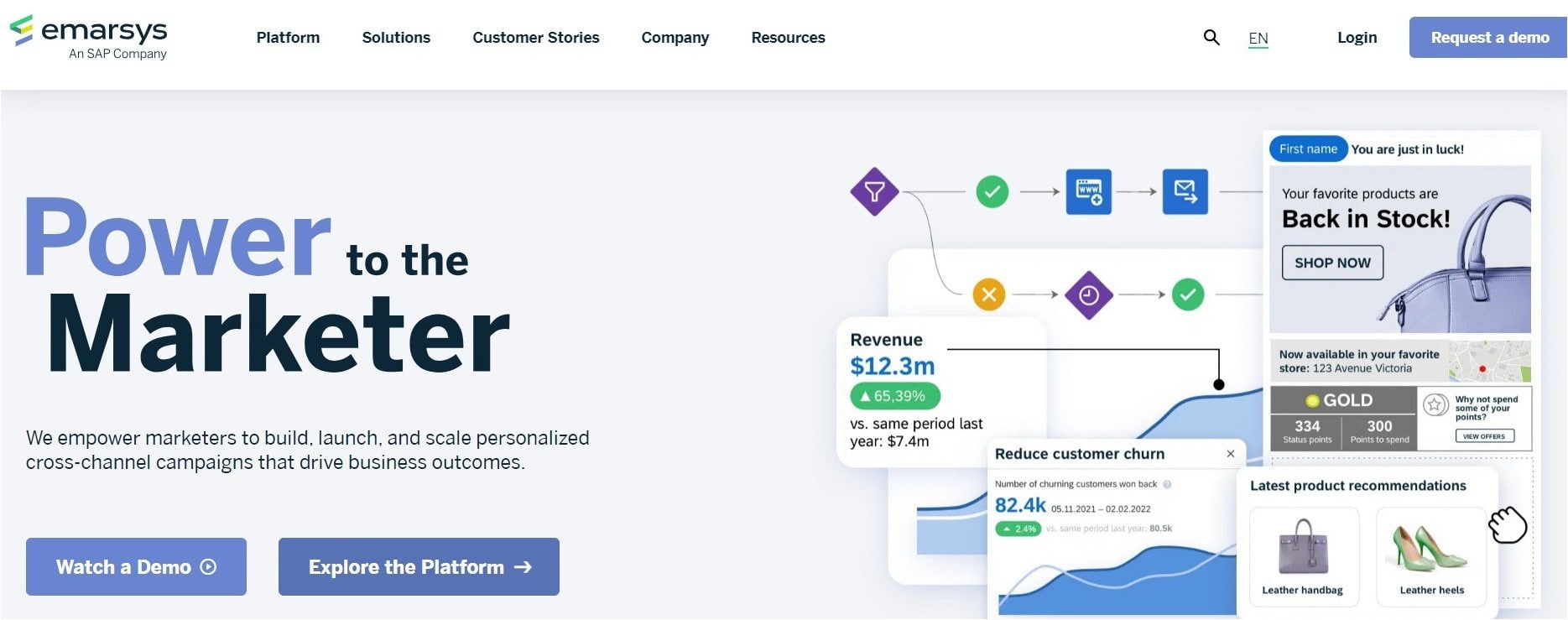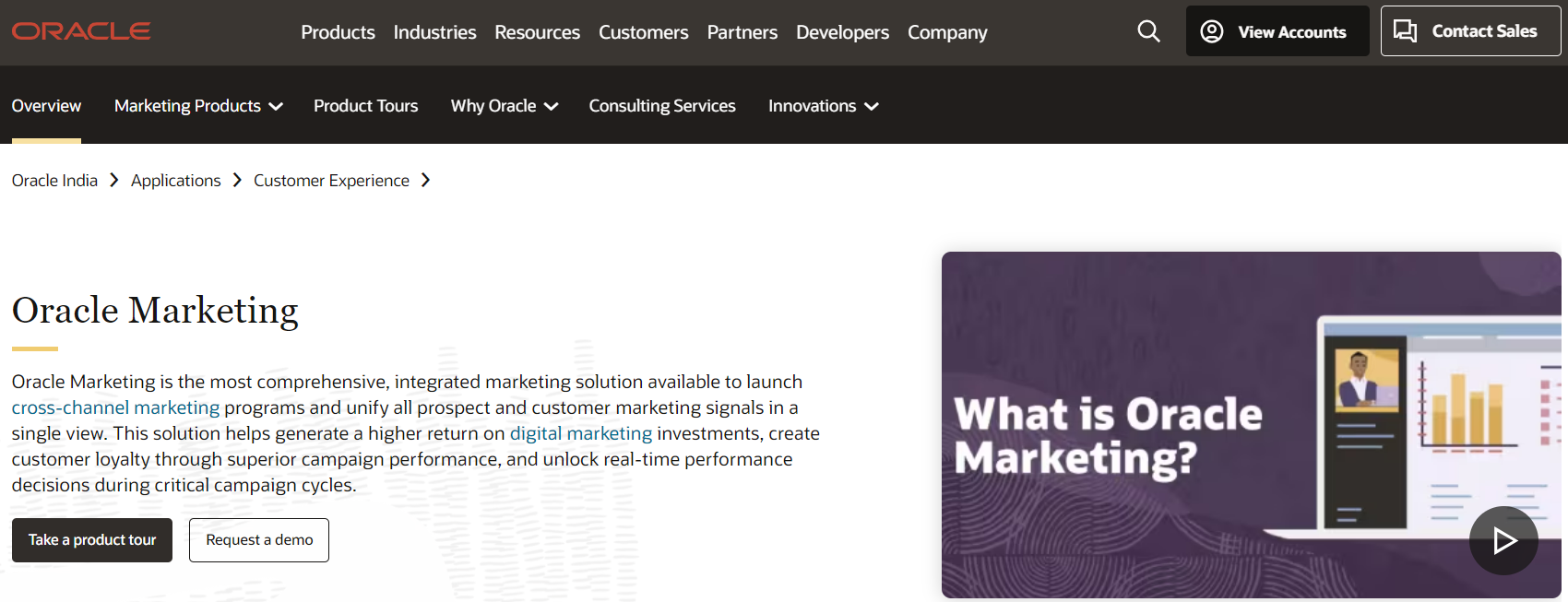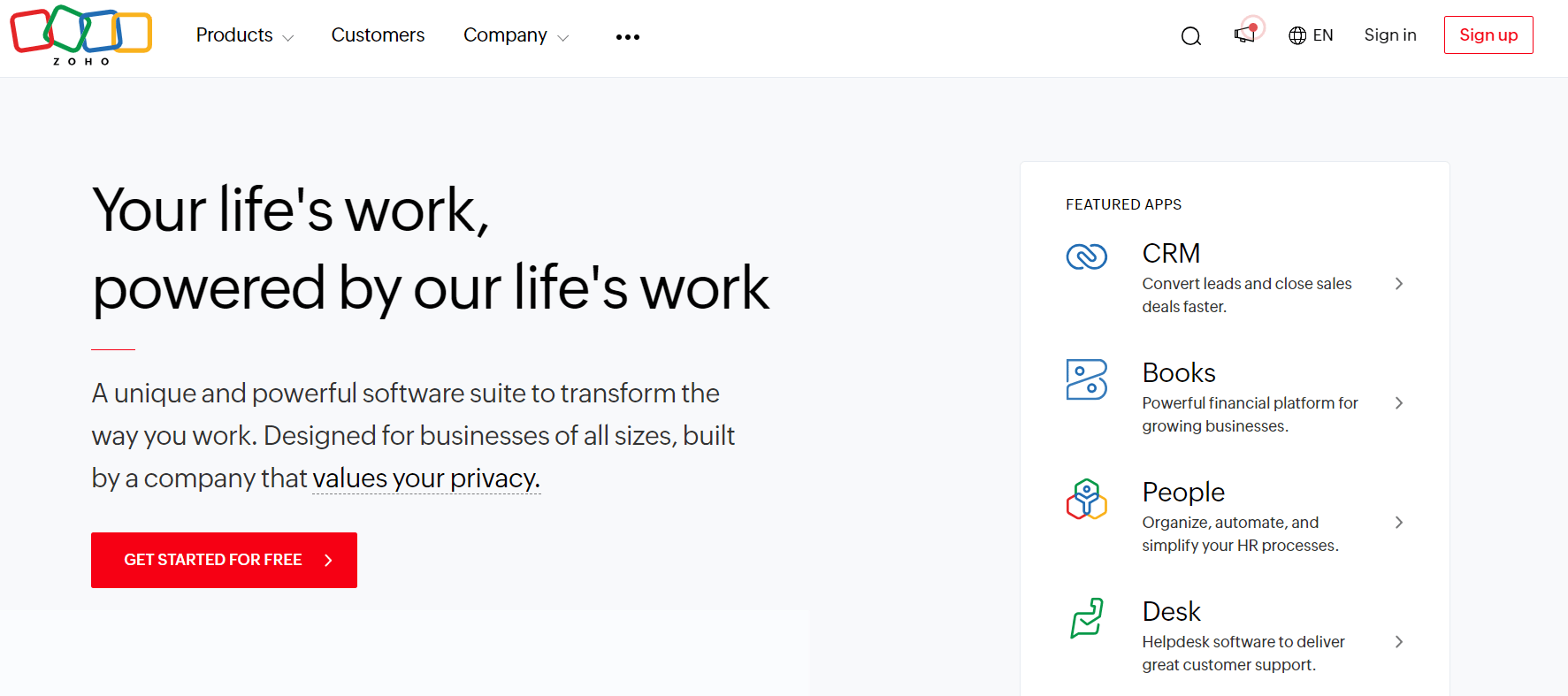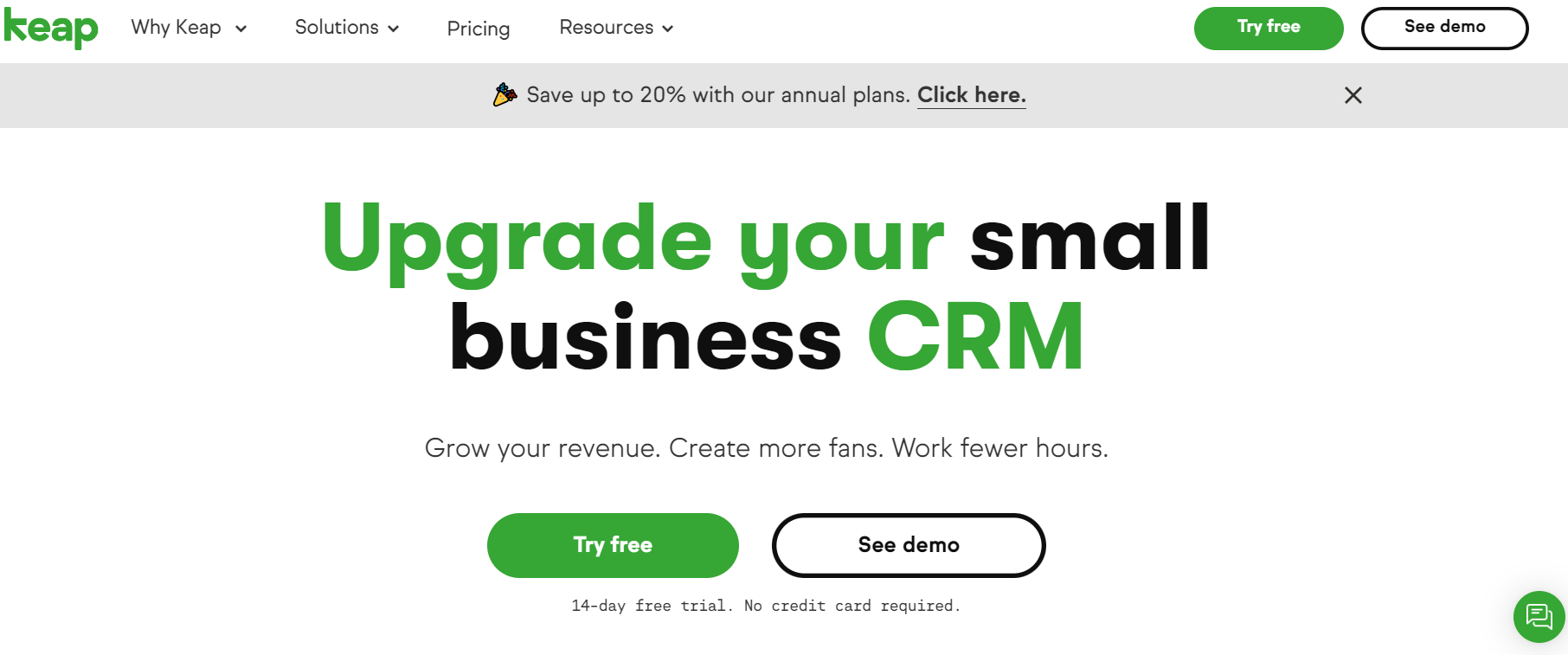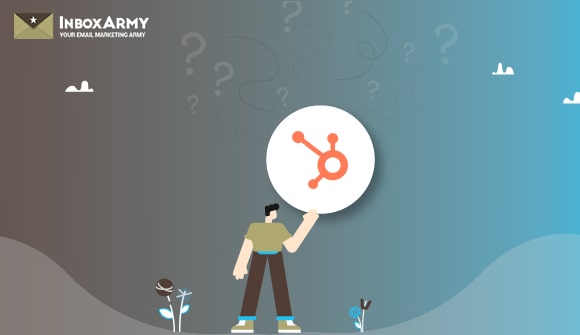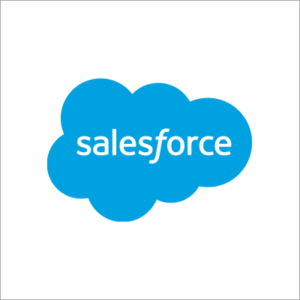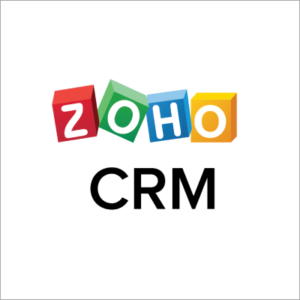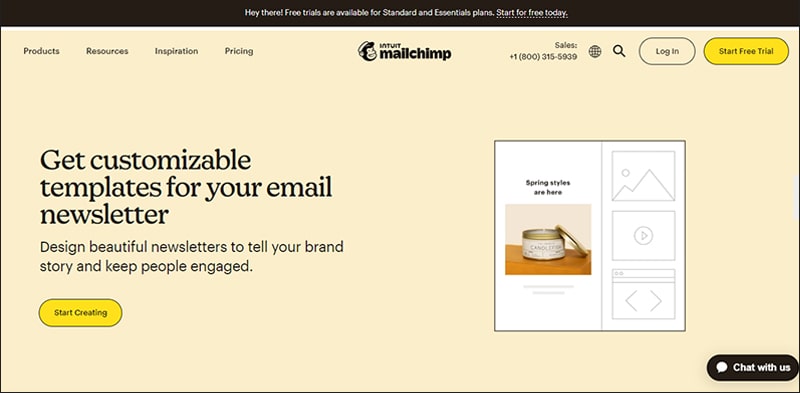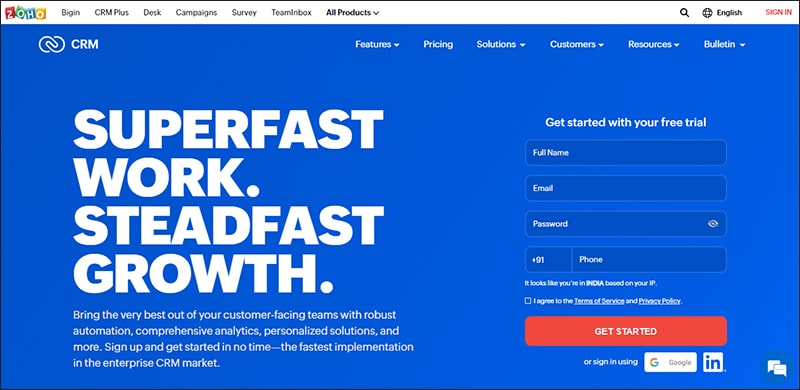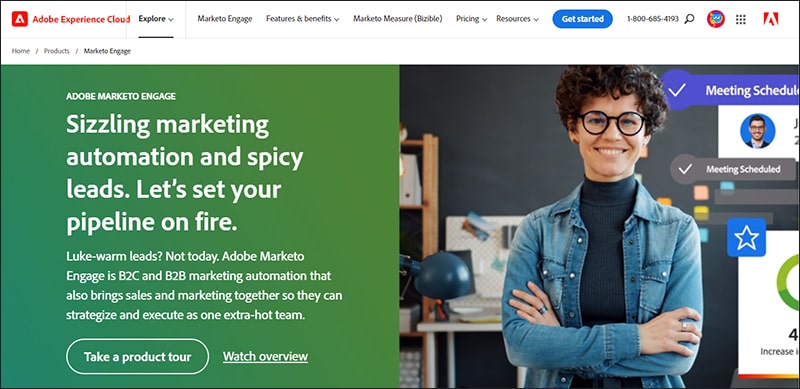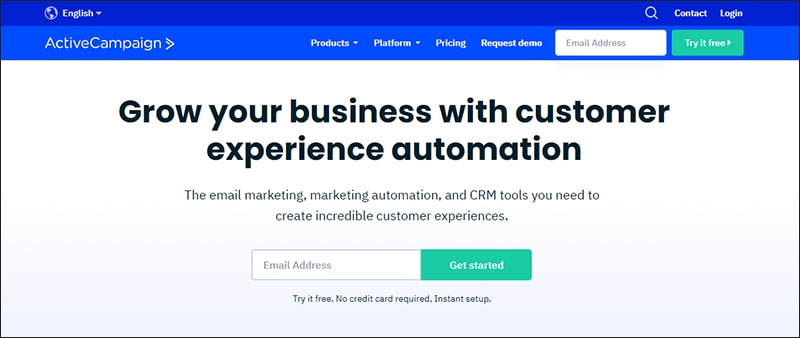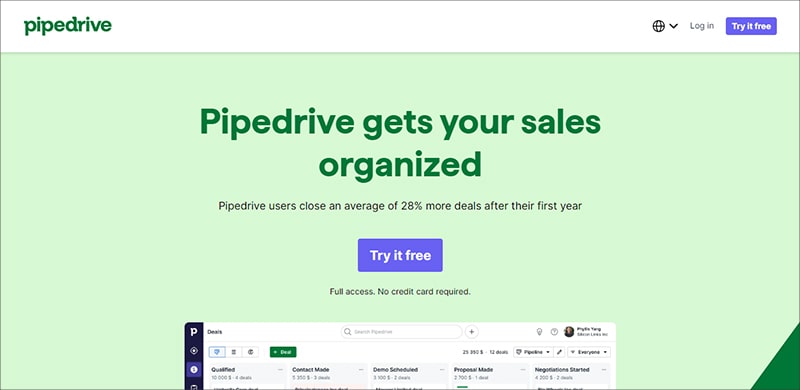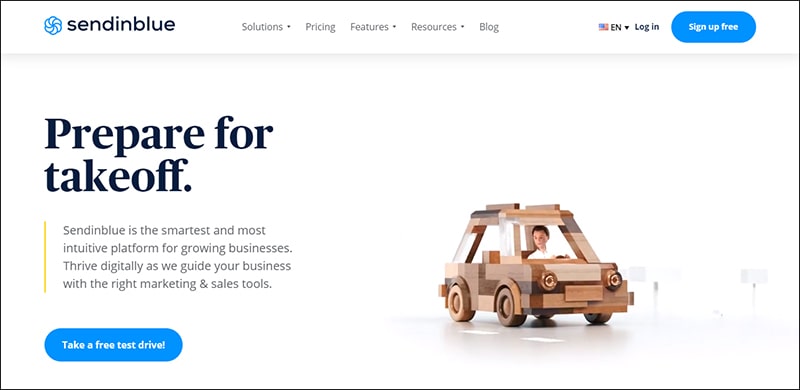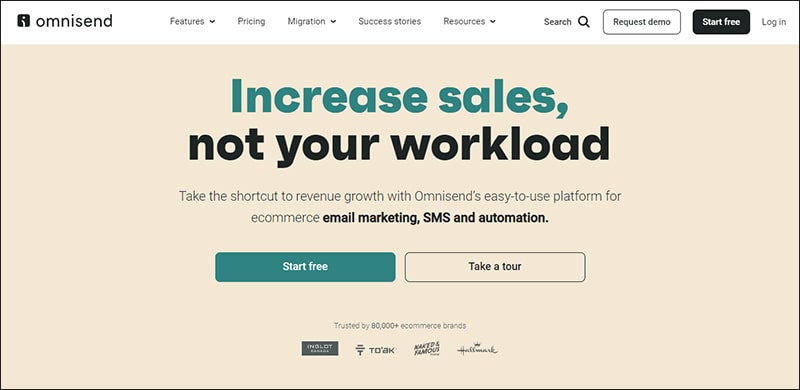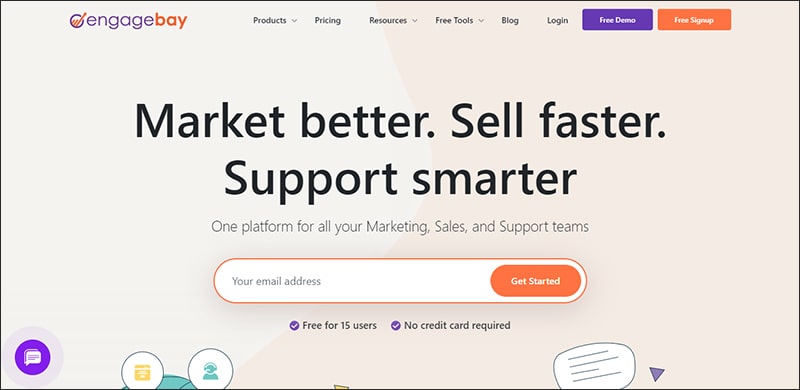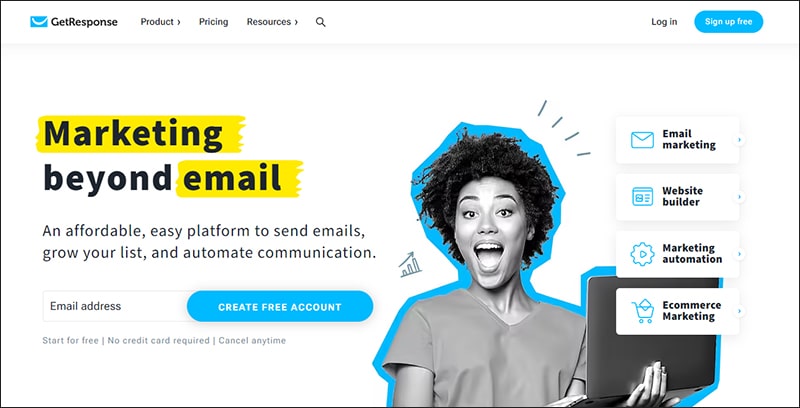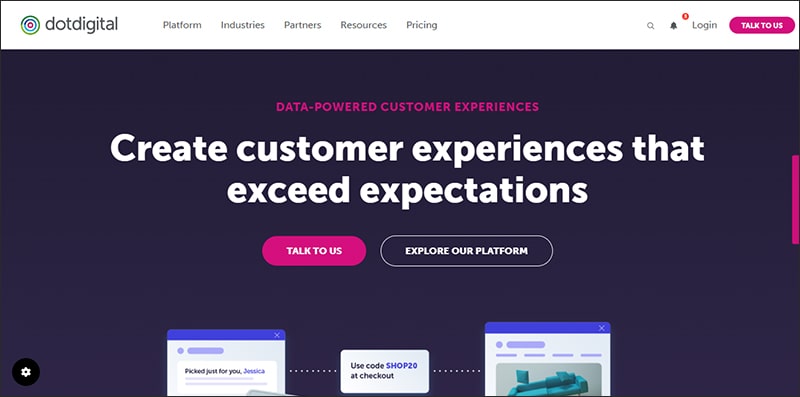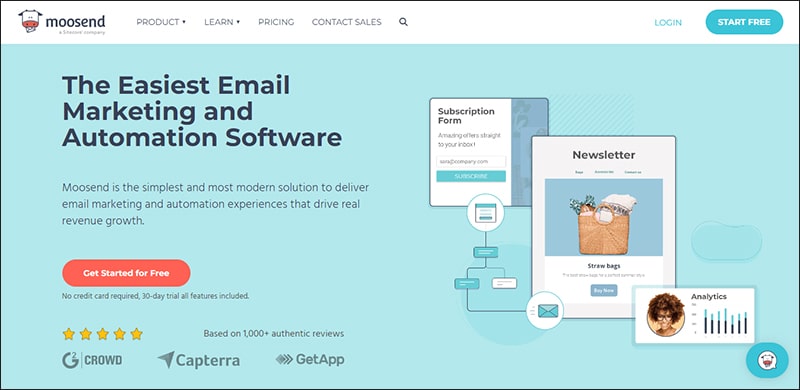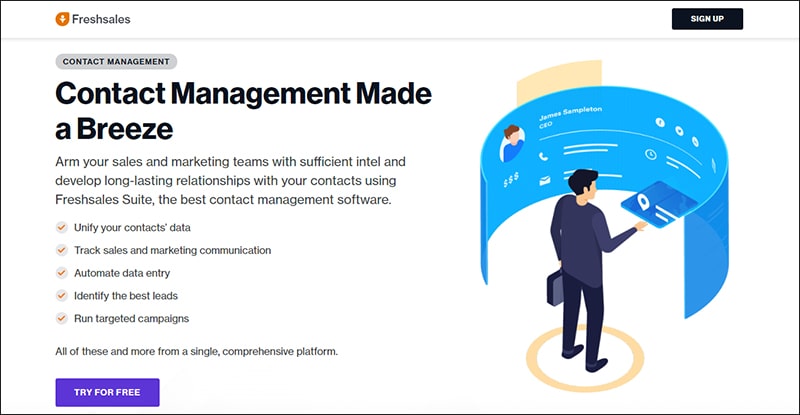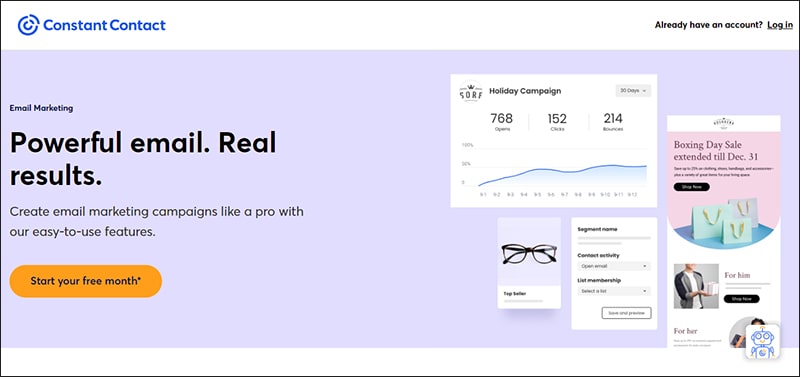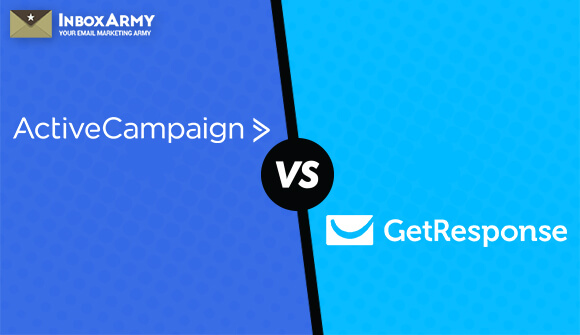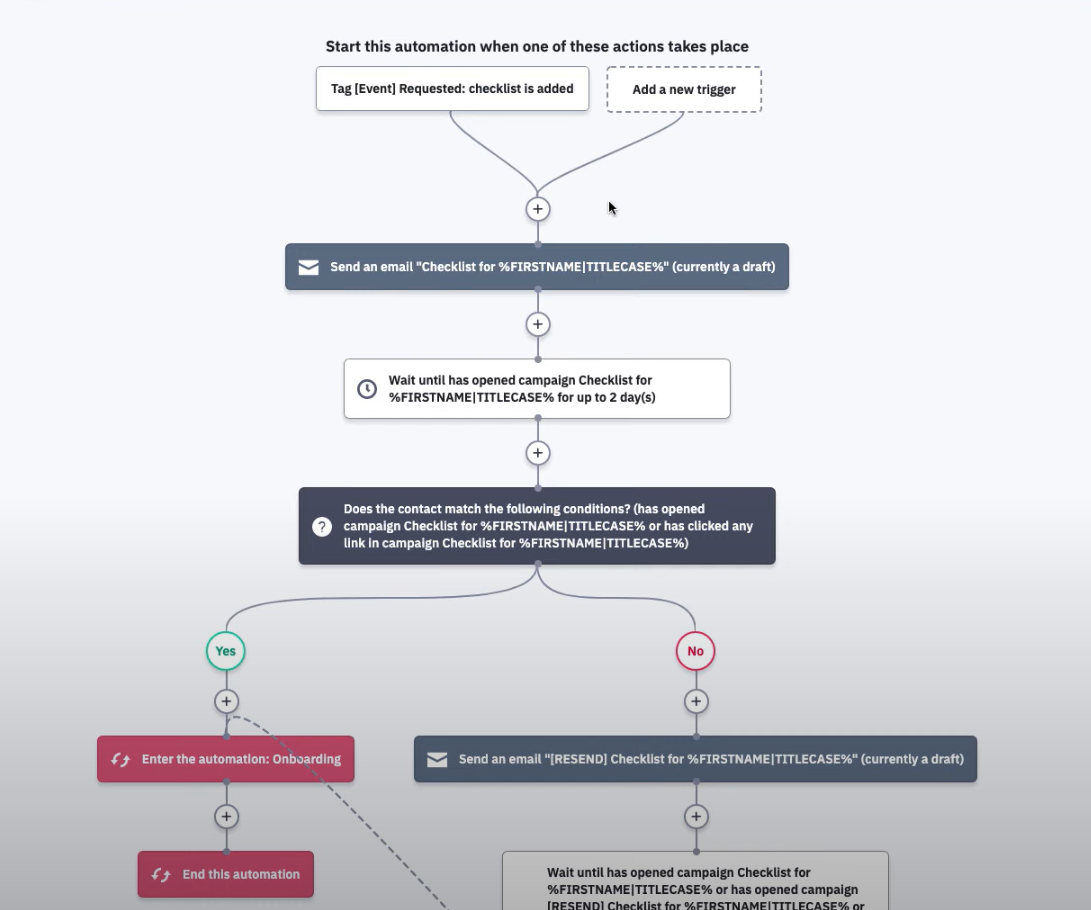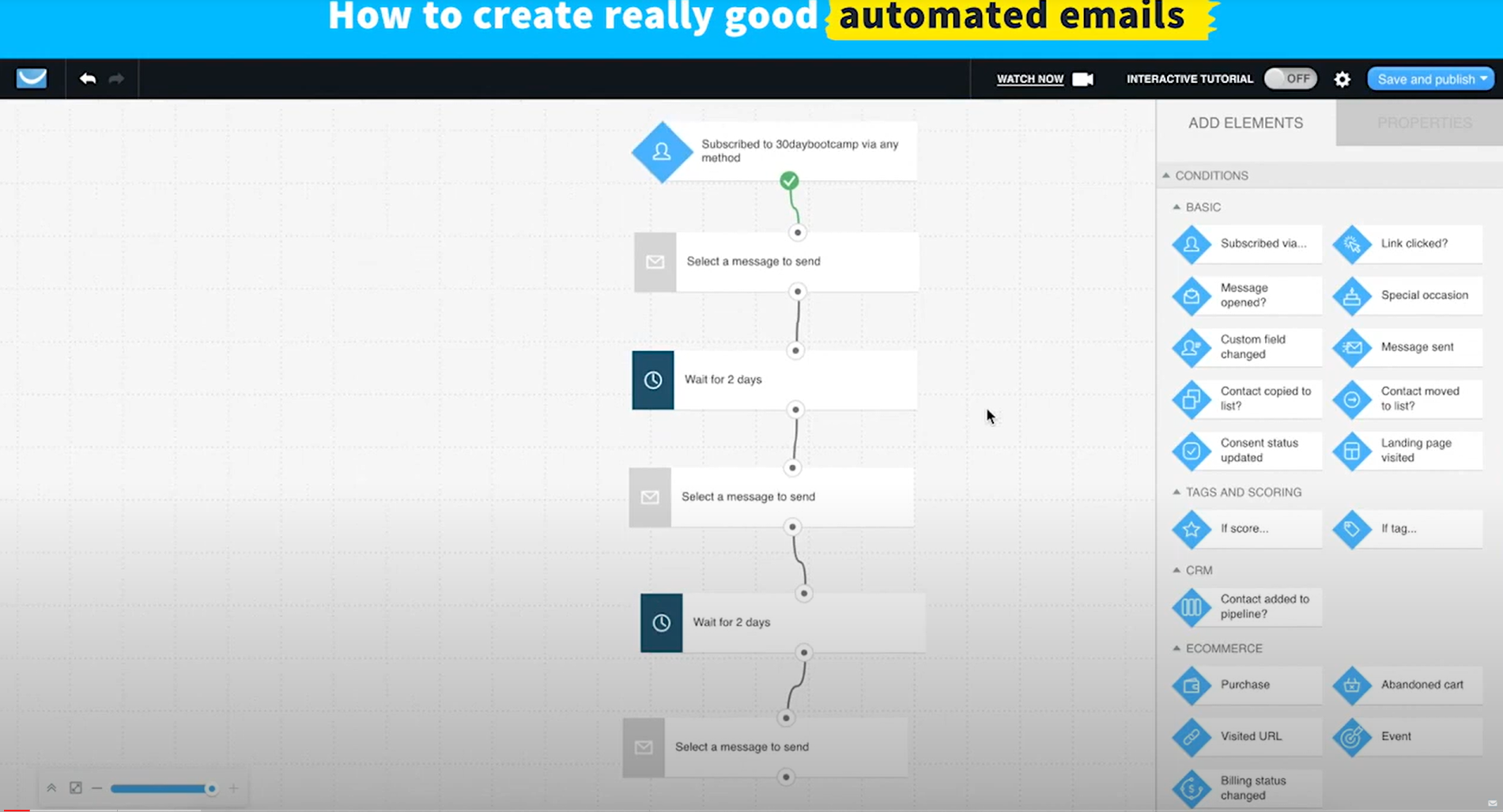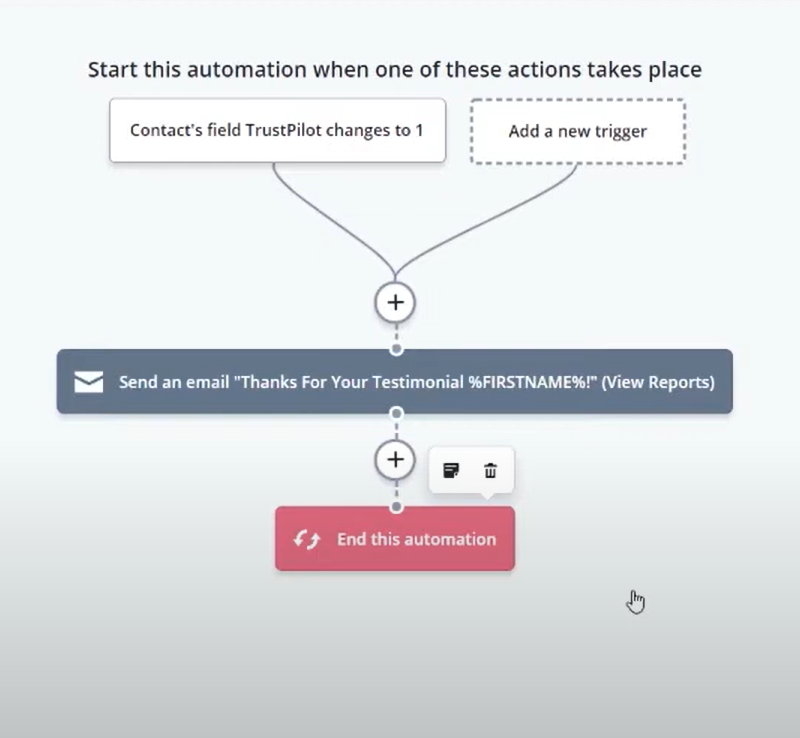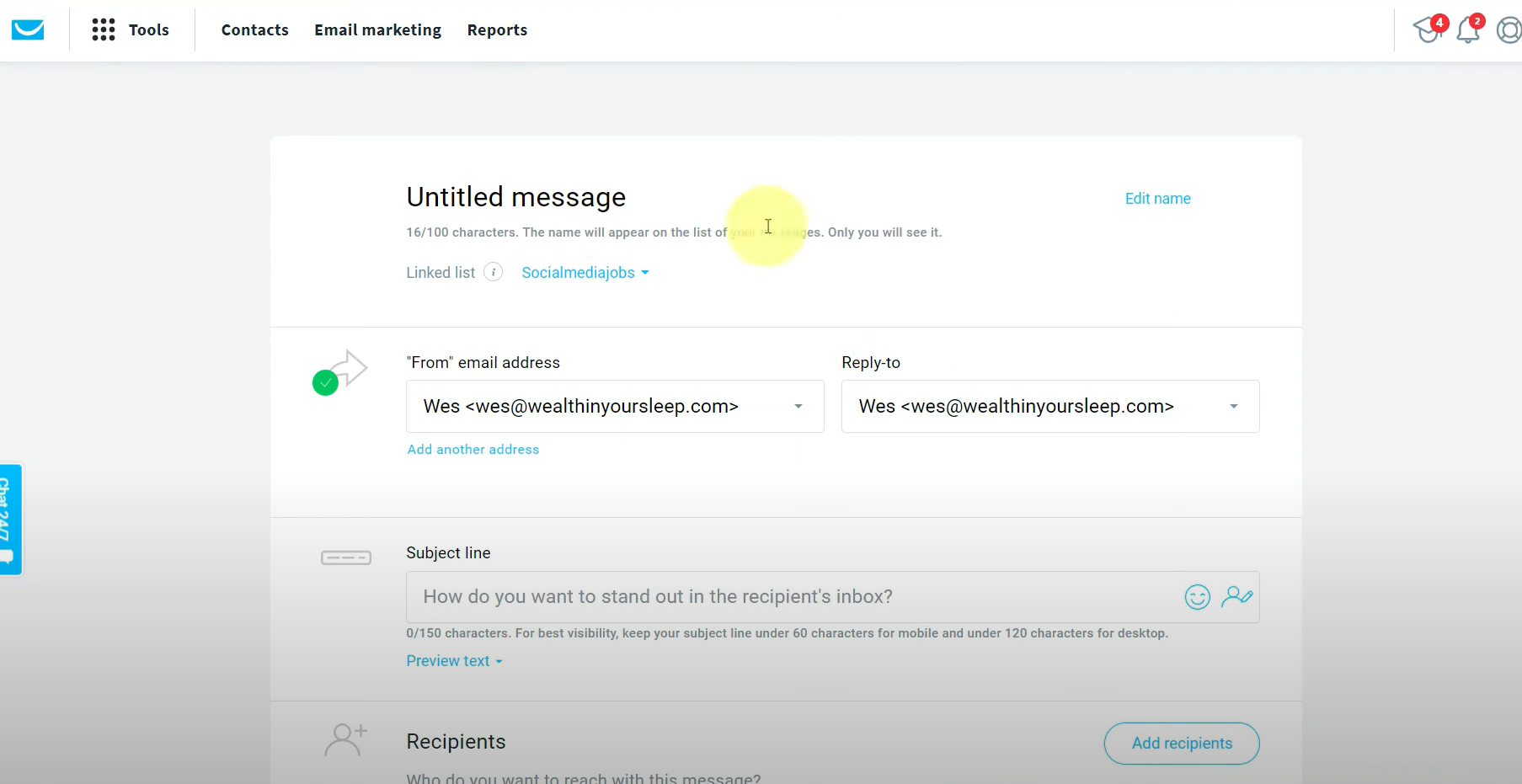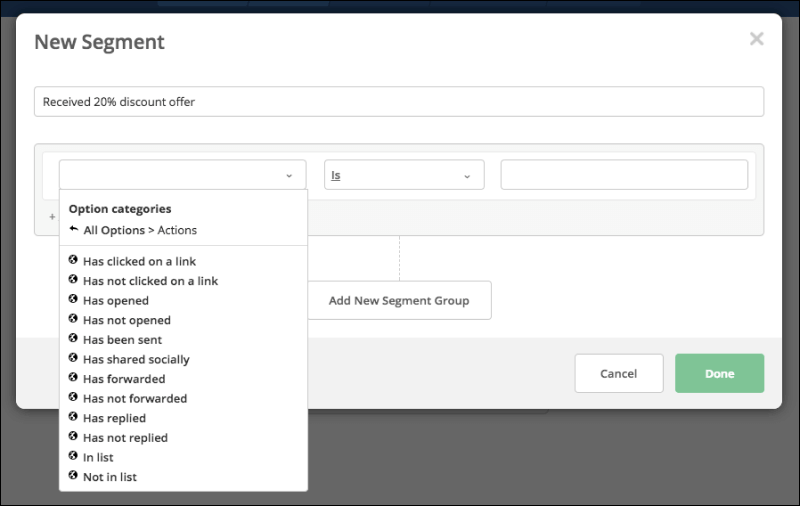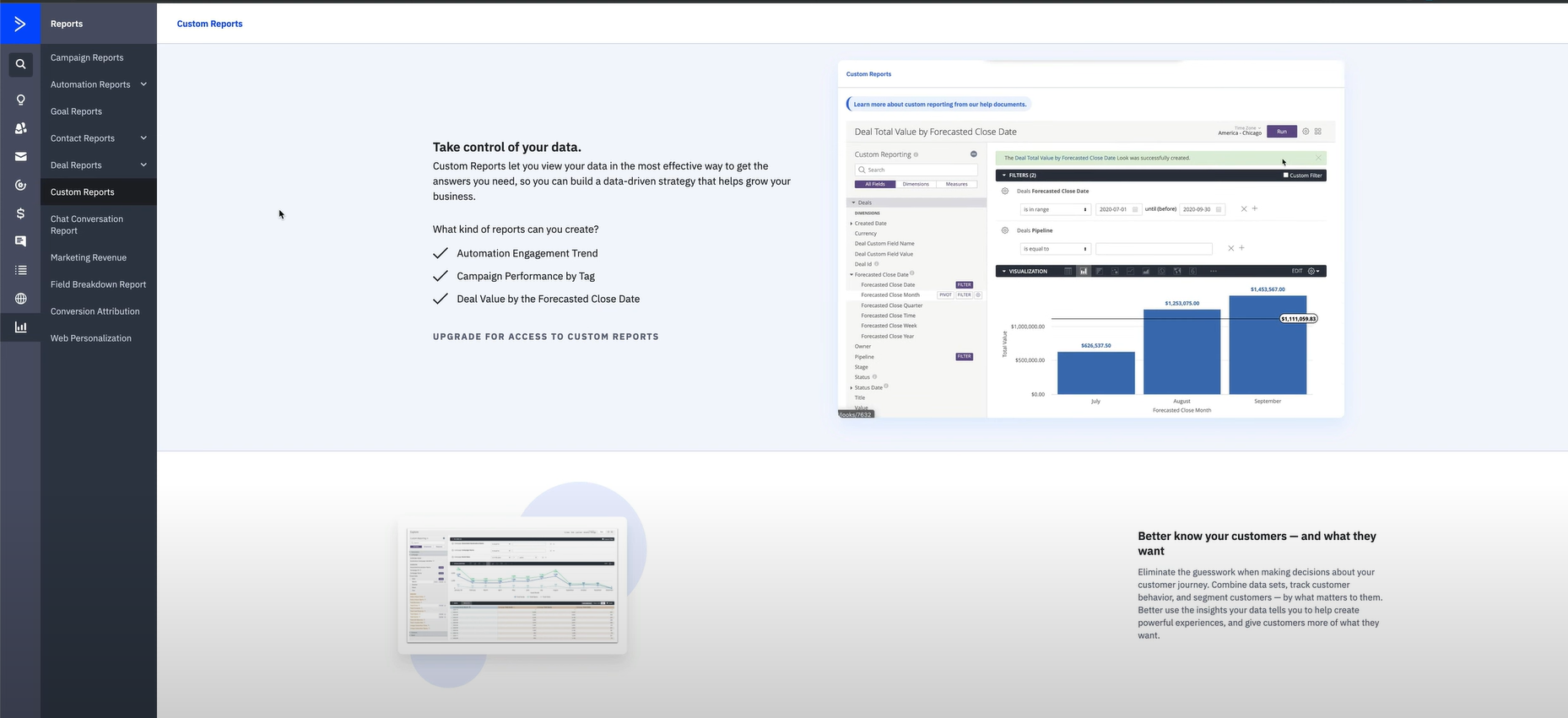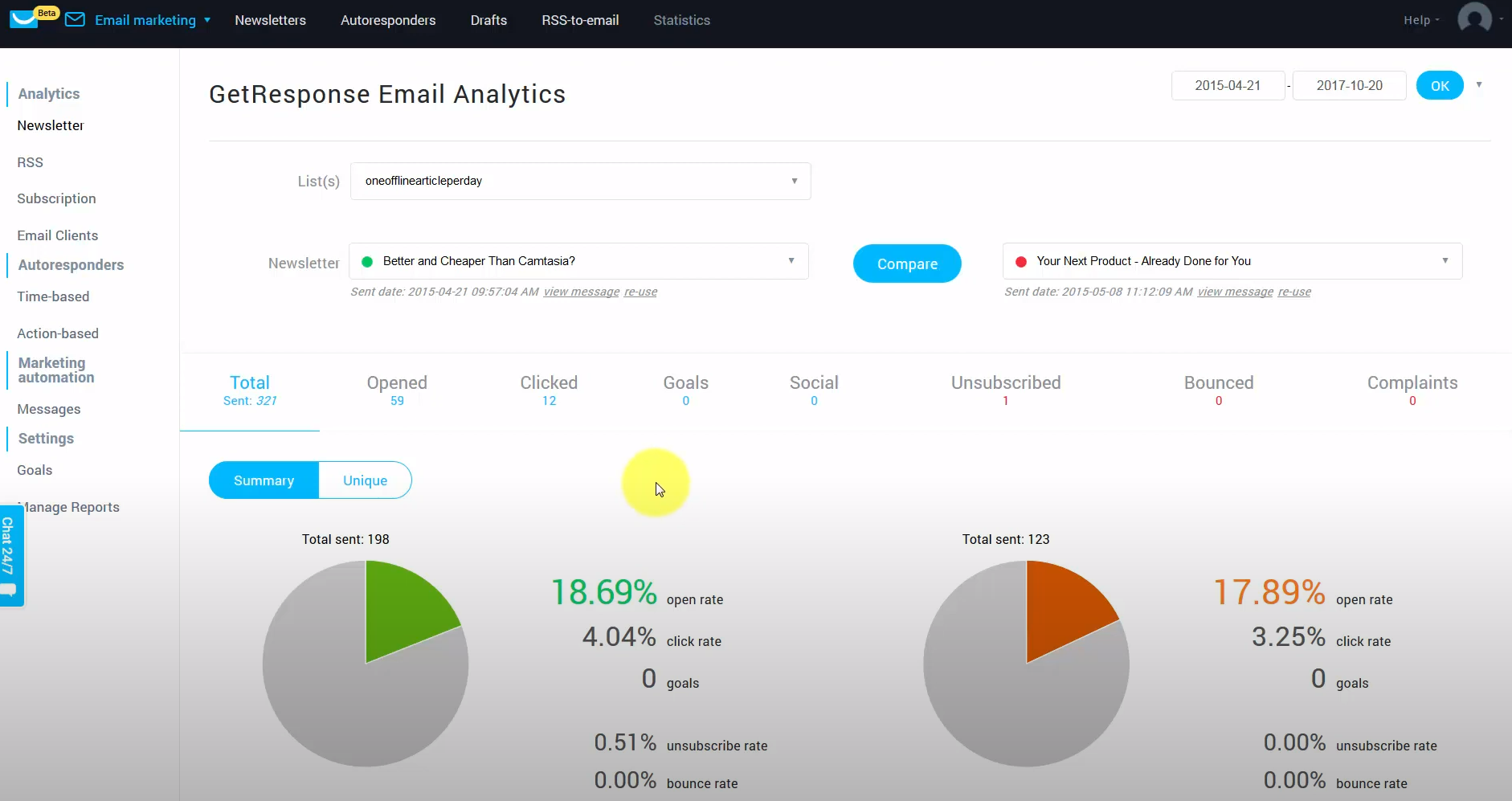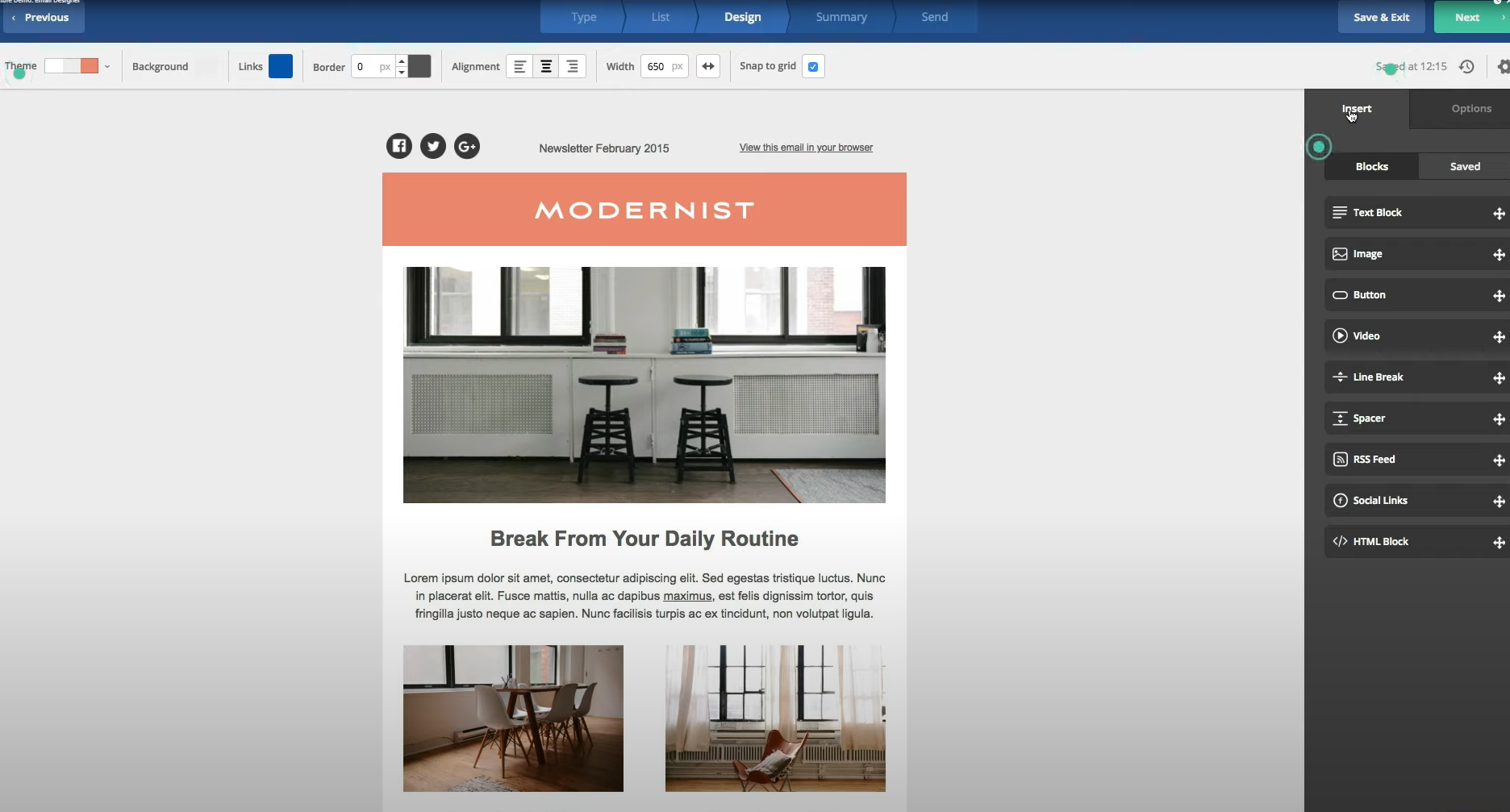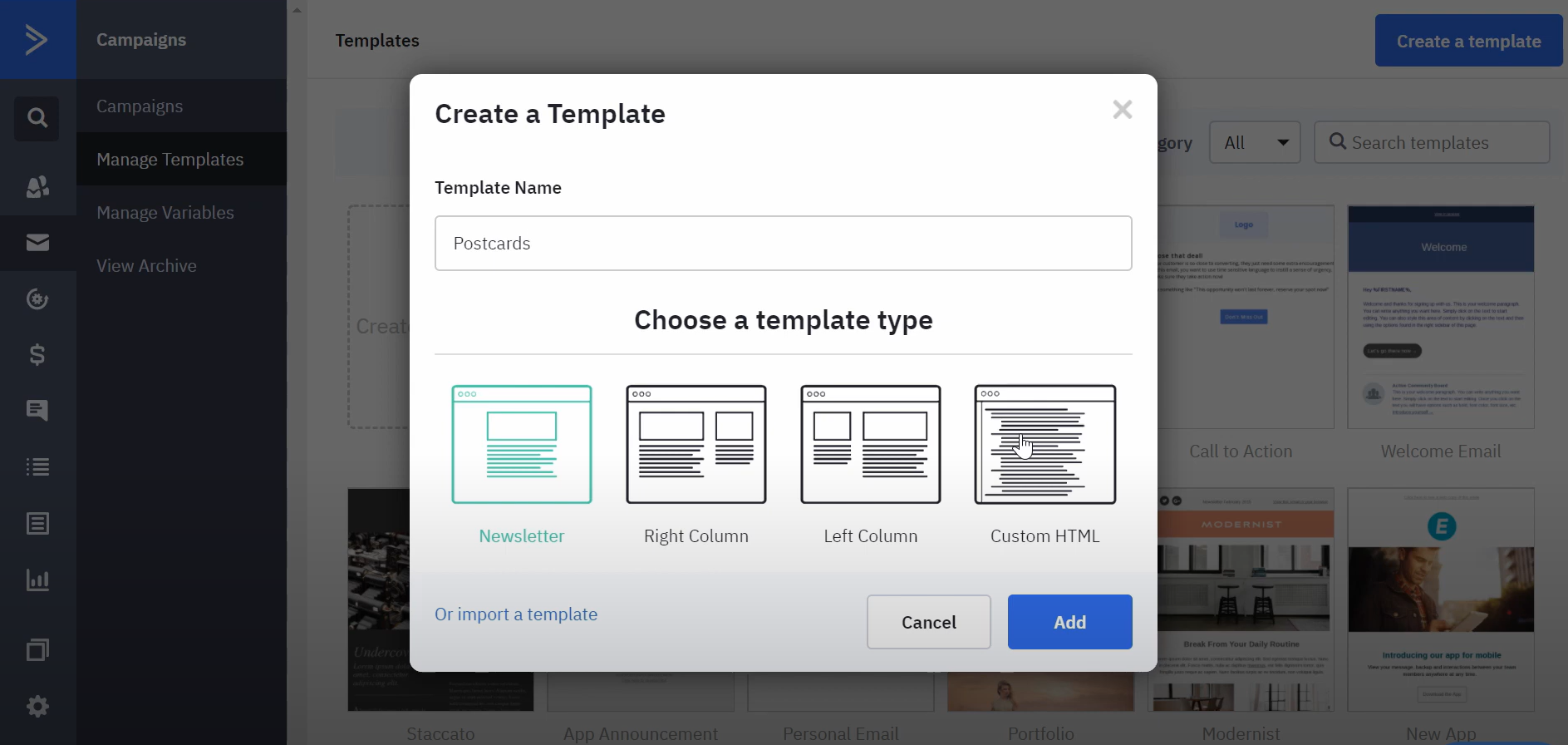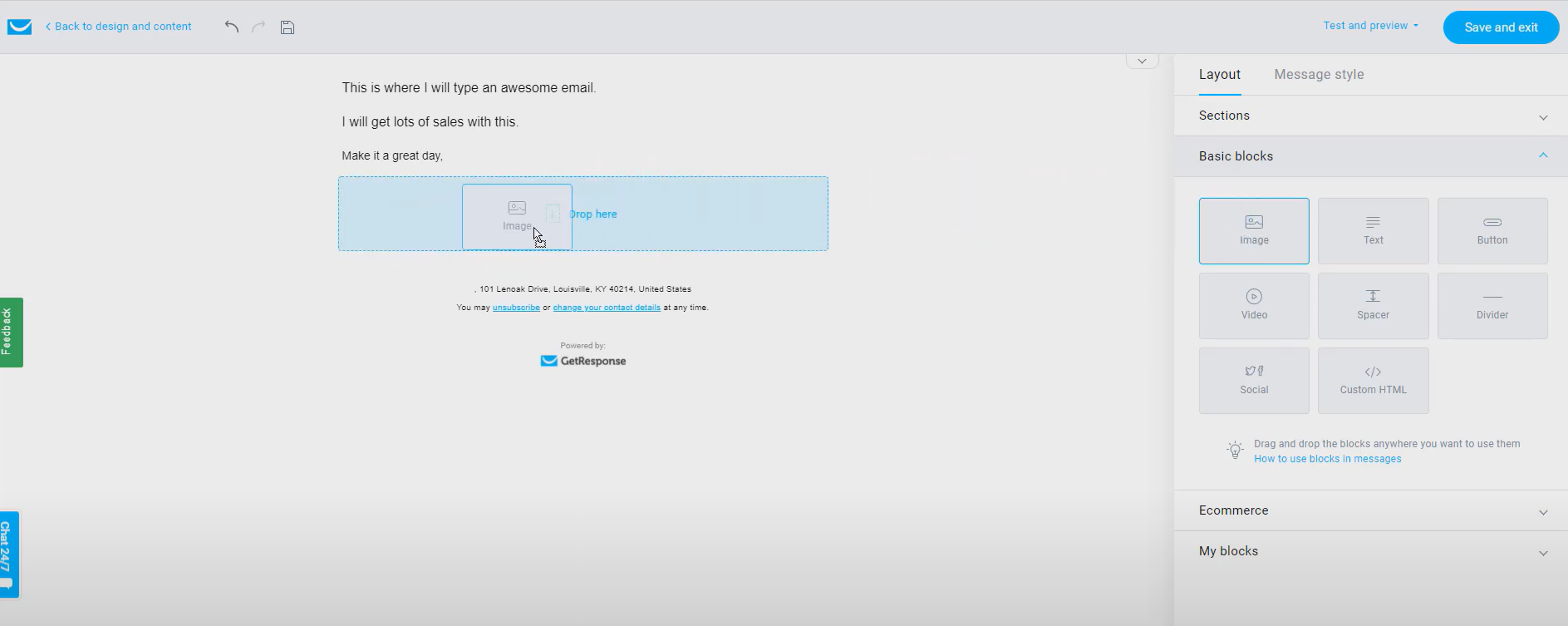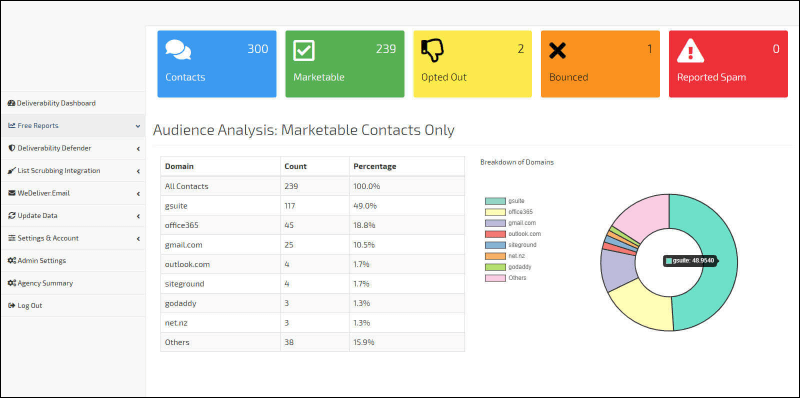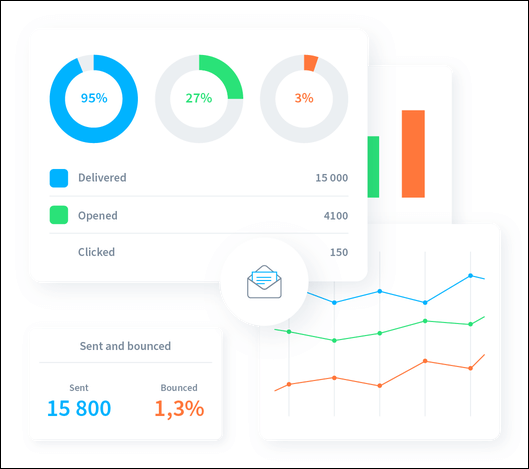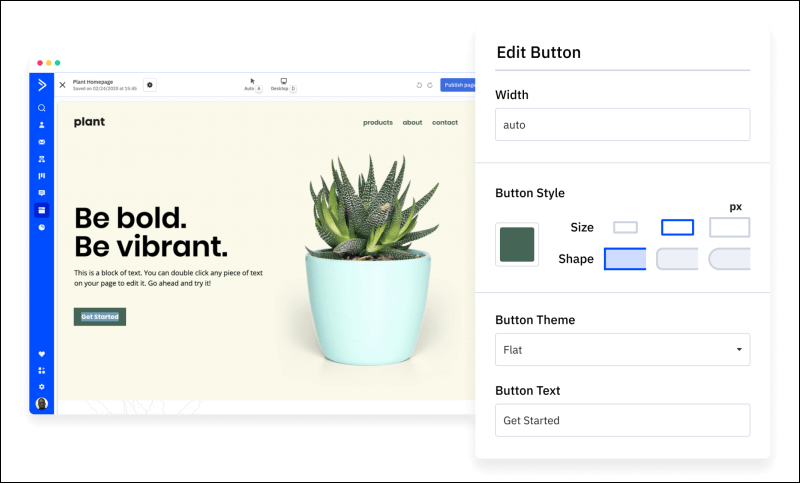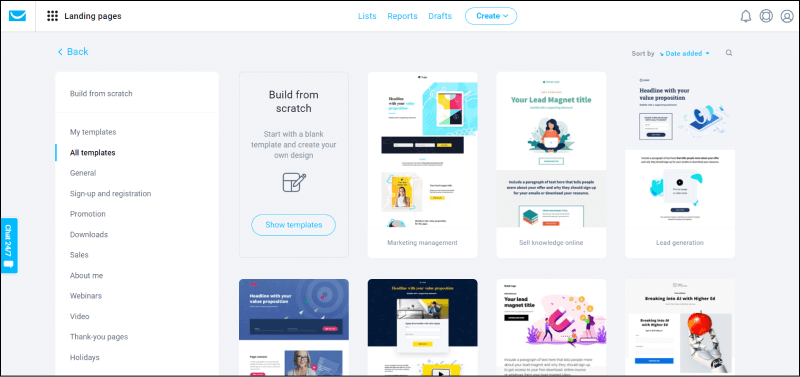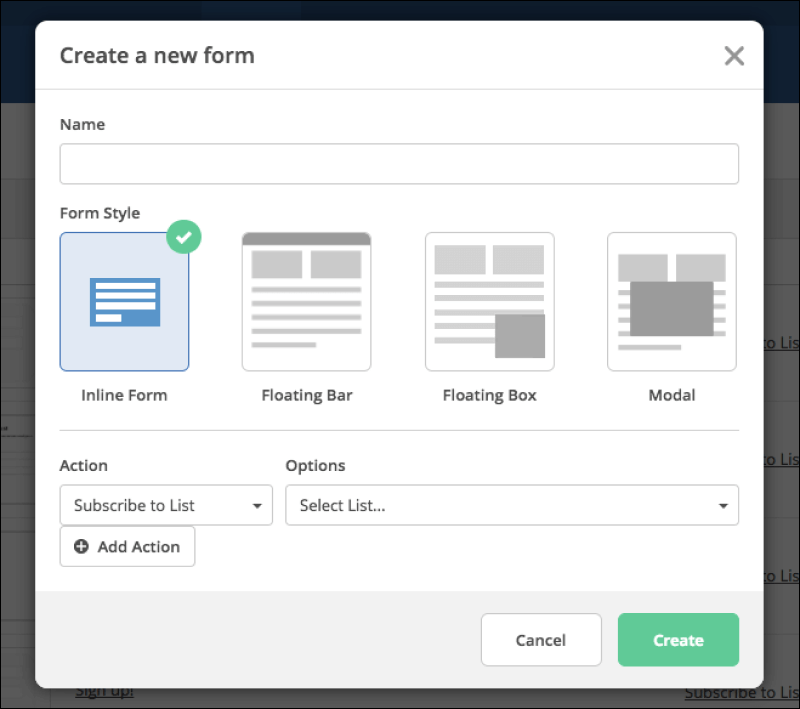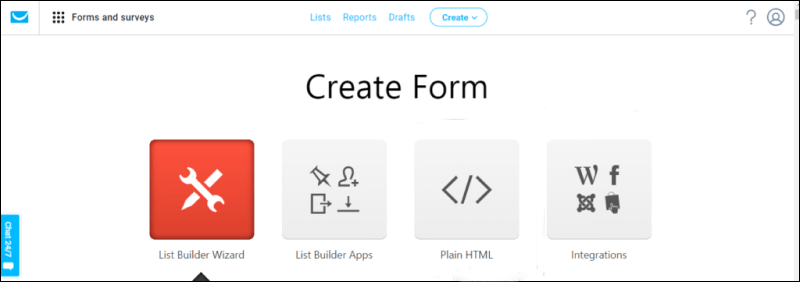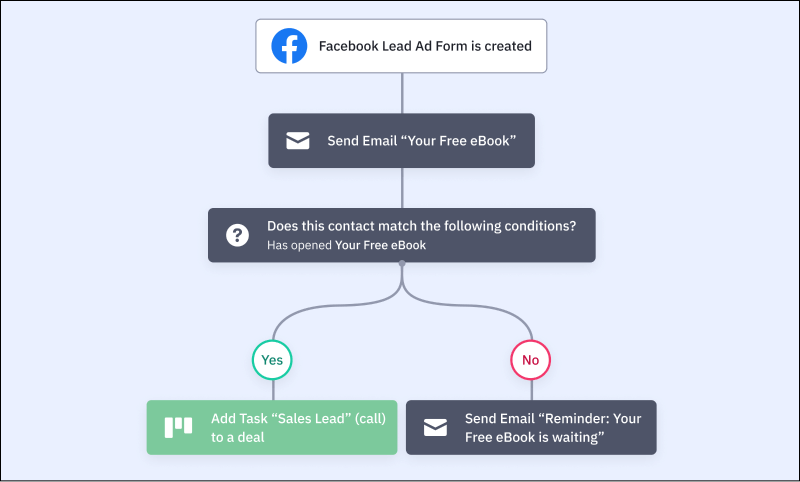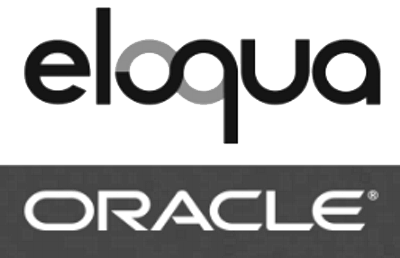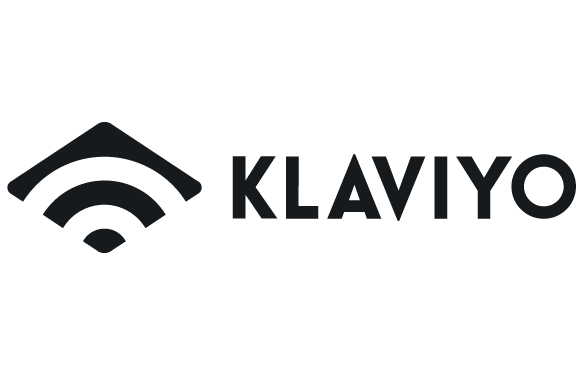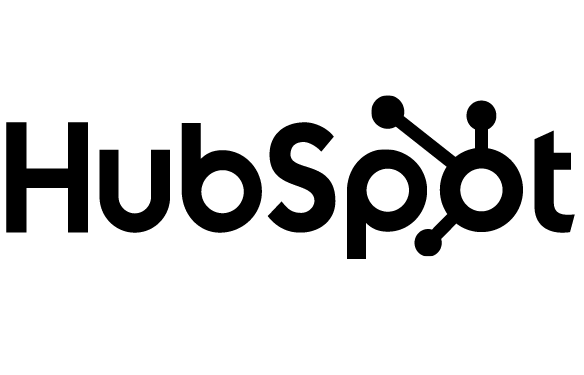Table of Contents
How does having a CRM benefit you?
Here are the three most prominent and proficient benefits of using an advanced CRM in your email marketing endeavors:
Automation
CRM software automates the repetitive tasks for you, hence helping you focus better on more meaningful and productive tasks. It can automate tasks such as data entry, lead scoring, email marketing campaigns, and beyond. This allows businesses to devote more time to educating customers about their products and services, enhance the overall customer experience and eventually increase their sales.
Customization
Another benefit of CRM systems is personalized communication with customers based on their conduct, preferences, and history with the business. This practice allows for a more customer-centric approach, conveying a sense of attentiveness to the customer’s needs and improving the chances of customer satisfaction and retention.
Insights
CRM systems provide insight into identifying bottlenecks and blind spots in the sales funnel, enabling businesses to adjust their marketing and sales processes accordingly. This functionality can be likened to having a GPS for your sales funnel, guiding you toward the finish line.
In this section, we will provide an in-depth comparison between Dotdigital vs HubSpot. By analyzing the features and benefits of each system, we will help you decide better.
Dotdigital 101: Simplifying Marketing Automation
Dotdigital offers an all-in-one cross-channel marketing automation platform that can simplify your marketing efforts and enhance your results.
Dotdigital’s platform enables you to create personalized cross-channel communications that engage your customers at every touchpoint. The platform’s emphasis on first-party data allows you to leverage powerful insights to create meaningful, impactful communications that drive real results. Additionally, the platform’s easy-to-use interface simplifies connecting your data across all your channels, making it easier to automate predictive cross-channel messages.
The team at Dotdigital has made a name for themselves by helping businesses of all sizes grow and scale through the power of digital marketing. The platform has already helped countless businesses in various industries increase engagement, conversion, and loyalty.
If you’re looking for a way to simplify your digital marketing efforts, Dotdigital is an all-in-one cross-channel platform.
HubSpot Demystified: Understanding the Platform
It is time to put aside simpler tools and embrace the comprehensive and sophisticated HubSpot platform. It is a veritable symphony of digital marketing capabilities that will help you draw in more traffic, generate more leads, and close more deals.
One may wonder, what exactly is HubSpot capable of? Picture HubSpot as a superhero for your business, capable of leaping over data silos with a single bound, delivering instant updates faster than a speeding bullet, and facilitating easy team collaboration.
Its cloud-based platform empowers you to manage all interactions with your leads and customers, create and host compelling web pages and landing pages, and monitor the success of your campaigns and user interactions.
With HubSpot email marketing features, managing your marketing and sales endeavors is no longer daunting but an effortless and enjoyable experience. HubSpot offers a seamless, all-in-one solution to elevate your business to new heights.
Dotdigital vs. Hubspot: In Depth Comparison
PRICING
Dotdigital
Dotdigital maintains a discreet approach toward its pricing policies and refrains from disclosing them upfront.
Although the lack of transparency may be perplexing, Dotdigital’s personalized pricing system assures that you only pay for the features that are relevant to your needs, thereby eliminating any redundant expenses. You can thus be assured of a tailored and cost-effective solution that caters to your specific requirements.
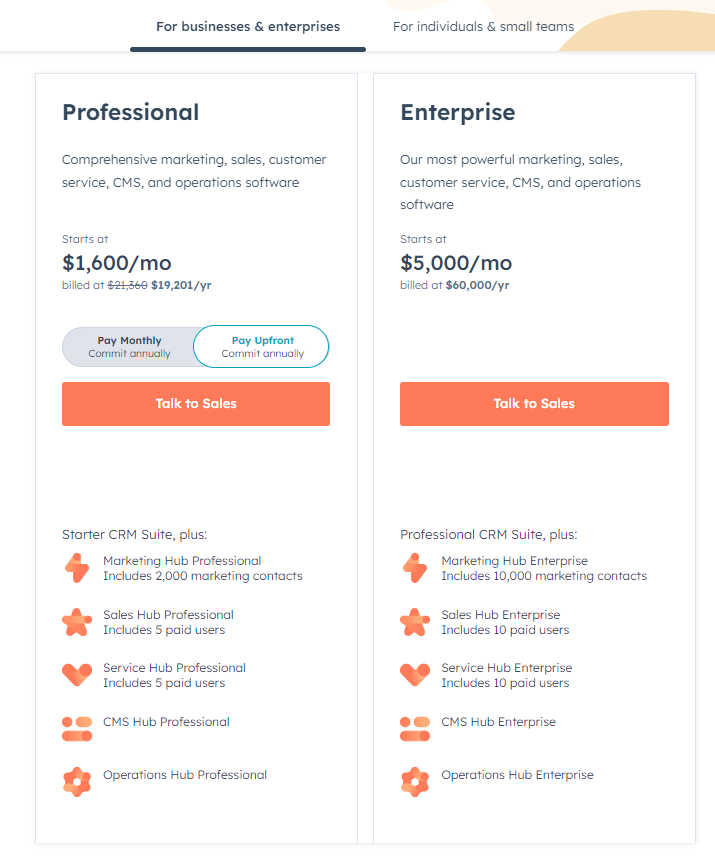
HubSpot
HubSpot’s pricing model delivers a free tier of essential CRM features that never expire, making it an excellent prospect for small firms. But if you require more advanced sales and marketing features, you can upgrade to their Sales Hub or Marketing Hub.
Sales Hub offers increased reporting dashboards, the ability to remove HubSpot branding on communications, and predictive lead scoring. Marketing Hub, on the other hand, provides
- higher caps on marketing capabilities,
- better insights into emails, and
- A/B testing for email and landing pages.
If customer support is a priority for you, Service Hub provides features like 1:1 video messaging, routing of conversations between team members, and task queues. Additionally, within each hub, HubSpot marketing offers tiers of service that offer scalability and more features as you pay more.
NATIVE INTEGRATION
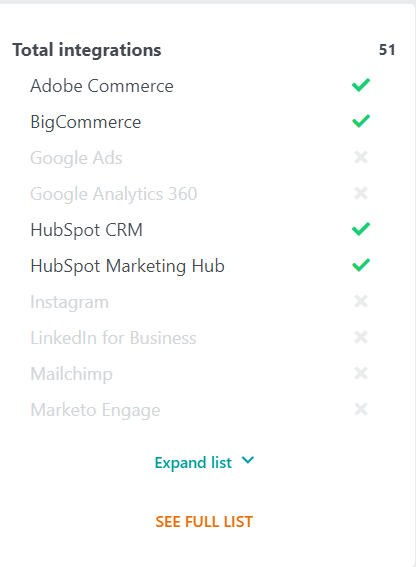
Dotdigital
If you’re looking for a marketing platform that can truly integrate with your existing systems, Dotdigital is a great choice. One of its key elements is its native integration capabilities, which allow you to readily connect your Dotdigital account with other software and tools you may be using.
When we say “native integration,” we imply that the connections between Dotdigital and other systems are seamless and built into the platform. This means you don’t need to use any third-party software or add-ons to connect Dotdigital with your CRM, e-commerce, or other tools. Dotdigital’s pre-built integrations for popular systems, including an open API, streamline marketing for better ROI for businesses of any size.
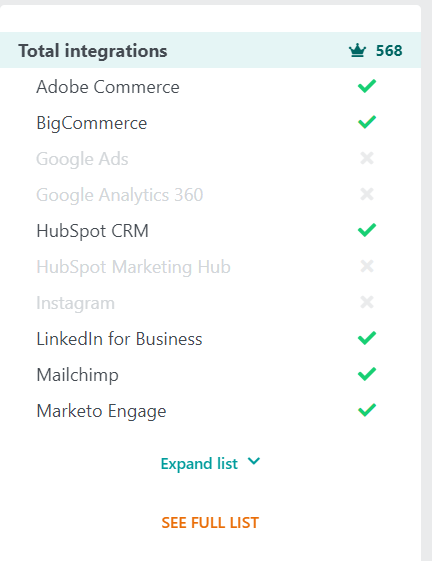
HubSpot
HubSpot’s native integration seamlessly connects different systems, automates data sync in real time, and eliminates manual data entry. It functions as a single platform, ensuring data consistency and consistent updates.
HubSpot’s intuitive interface makes it effortless to set up and organize integrated systems, improving user experience.
Native integration is also highly flexible, allowing users to customize their integrations to suit their unique needs. Whether you are connecting social accounts, email marketing software, or CRM, HubSpot’s native integration can handle it all.
A/B TESTING
Dotdigital
Dotdigital’s A/B testing feature is a powerful tool that compares two campaign versions to determine which performs better. It provides insights into engagement and takes the guesswork out of marketing.
Marketers can easily create different email or landing page versions and send them to a small audience, with the winning version automatically sent to the rest.
The platform offers detailed reports and insights to help marketers make informed decisions and adjust campaigns accordingly. Even marketers with limited technical expertise can use this user-friendly feature.
HubSpot
HubSpot’s A/B testing functionality allows marketers to compare two versions of their content or campaigns to determine which performs better. It applies to marketing aspects like email subject lines and calls to action.
HubSpot automatically tracks and measures the results of each variation, providing insights into their effectiveness. With HubSpot’s A/B testing, you save time and make smarter decisions about what works best for your audience.
CRM
Dotdigital
Regarding Customer Relationship Management (CRM) tools, Dotdigital may not be considered a pure CRM platform. However, it offers many functionalities that can be categorized as “CRM Lite.” Moreover, the automation features provided by Dotdigital are exceptional, making it a preferred option for many businesses.
Here are a few of the things we appreciate about Dotdigital:
Seamless Integration with Magento 2 – Dotdigital’s module ensures customer information is synced effortlessly and automatically as contacts in the Dotdigital Engagement Cloud. You can also add a chatbot to your website, create campaigns directly within Magento, and sync abandoned carts, orders, wish lists, reviews, and B2B quotes.
Creating Email Templates – The process of crafting email templates for marketing campaigns is effortless with dotdigital’s intuitive email editor, designed to be user-friendly.
Built-in A/B Testing on Emails – This feature of email A/B Testing allows you to test different variables of your email campaigns and analyze the results to optimize your marketing strategy.
Product Upsells in Emails – The ability to add product upsells in marketing emails; these products can be synced directly from your store into dotdigital.
Support for SMS Marketing – This feature enables you to reach out to your customers via text message, adding another layer of personalization to your marketing campaigns.
Custom Properties can be Added to Contacts – With this feature, you can add customized fields to your contacts, making it easier to segment and target them for specific marketing campaigns.
Support for Popular Platforms like Salesforce – You can pull in contacts and market to them directly from Salesforce.
Landing Page Designer – This allows you to quickly create new pages with full performance tracking, making it easier to create high-converting landing pages.
HubSpot
HubSpot’s CRM has an intuitive user interface that makes it easy to adopt. The design is clean and uncluttered, with all the important features available at your fingertips.
Modern and User-Friendly Interface – HubSpot prioritizes user adoption, and its UI design reflects that. It’s easy to navigate, with everything in the right place. Whether you need to manage customers or debug a workflow, everything is just a click away. Additionally, HubSpot has a consistent design pattern throughout the platform so that users won’t get confused.
API Connectivity – HubSpot’s REST-based API is impressive and can connect to most modern platforms.
Custom Code Support – If you can’t find a pre-built integration in the Marketplace, HubSpot allows custom code (Node.js-based) to be injected into workflow steps, giving you more flexibility to tailor your solution.
Easy-to-Use Workflows – HubSpot’s workflow editor is among the best. It’s intuitive and user-friendly, making it easy for anyone to build, test, and launch workflow.
24/7 Support – All paid versions of HubSpot come with 24/7 support from the team.
Free Tier – You can use a great set of basic features on HubSpot for free.
App Marketplace – HubSpot’s Marketplace has a wide range of integrations and email templates to choose from.
Which CRM Aligns with Your Business Objectives?
It’s crucial to have a deep understanding of your customer base and their interactions with your team to drive business growth.
Dotdigital offers a “CRM Lite” feature that provides valuable insights into customer behavior, improving your marketing strategies. For small businesses, this may be sufficient, but larger businesses should consider more CRM-focused solutions such as HubSpot. Integrating a CRM is a crucial step in achieving success, and we recommend seeking assistance to ensure you choose the right level of capabilities for your team.
SMS MARKETING SUPPORT
Dotdigital
Dotdigital engagement cloud foffers a comprehensive SMS management system that allows you to create, automate, and track your SMS campaigns, all from one easy-to-use platform.
With features like SMS automation, personalization, and split testing, you can deliver highly targeted and effective SMS messages to your customers.
Whether you’re looking to boost your sales, increase customer engagement, or keep your audience informed about your latest offers, Dotdigital’s SMS management support offers robust and reliable services. Plus, with real-time reporting and analytics, you can track your SMS campaign’s success and make data-driven decisions to optimize your future campaigns.
HubSpot
HubSpot’s SMS management support is like having a personal assistant for your texting needs. With its intuitive interface, you can easily create and send SMS campaigns to your audience while tracking their real-time performance.
The SMS management feature is handy for businesses looking to engage with their customers in a more direct and personalized way. By sending targeted messages to customers based on their interests and behaviors, businesses can improve their customer relationships and increase customer loyalty.
HubSpot SMS management is also fully compliant with regulatory requirements, ensuring that businesses can send SMS messages without any legal risks. And the best part? You can seamlessly integrate your SMS efforts with the rest of your marketing and sales activities, ensuring that your messaging is consistent across all channels.
USER INTERFACE
Dotdigital
Dotdigital’s UI is designed to make automation effortless. Its sleek and modern interface is seamlessly integrated, with an easy-to-navigate clean layout.
The dashboard gives a quick overview of key metrics, while the ability to drill down offers more in-depth details.
Creating beautiful emails and landing pages is simplified with the drag-and-drop builder, and the powerful automation tools streamline workflows and save time.
HubSpot
Hubspot’s platform offers a more polished and intuitive UI that empowers businesses to manage their marketing, sales, and customer service activities effortlessly. Designed with user experience in mind, the interface provides easy navigation, with all the essential tools and features readily available.
It ensures you can focus on what matters most: growing your business. With Hubspot’s user-friendly UI, you can streamline your workflow, collaborate with your team, and achieve your business goals like never before.
CUSTOMIZATION OPTIONS
Dotdigital
Dotdigital offers various customization options to help businesses create engaging campaigns. From personalized content to targeted messaging, the platform allows for completely customizing all aspects of your marketing strategy.
With features like dynamic content, automation programs, and advanced segmentation, Dotdigital empowers businesses to create unique customer experiences that drive engagement and revenue.
Whether you want to increase brand awareness or improve customer retention, Dotdigital has the customization options you need to succeed.
HubSpot
ubspot’s primary advantage is its ability to adapt to individual businesses’ specific needs and preferences.
Users can customize the dashboard, create custom fields, and establish tailored workflows. They can also create personalized reports and configure email templates that reflect their brand’s style and tone.
HubSpot’s flexible design templates permit users to create unique landing pages and forms to capture leads and increase conversion rates. Furthermore, the platform’s CRM offers customizable deal stages, properties, and pipelines, allowing businesses to organize their sales process according to their specific requirements.
API INTEGRATION
Dotdigital
Dotdigital provides solutions to help businesses reach their customers effectively. One of its key features is its API integration which offers a user-friendly and intuitive way to seamlessly integrate your CRM, eCommerce platform, or other systems.
With Dotdigital API integration, businesses can automate their marketing campaigns, streamline their workflows, and gain valuable insights into their customers’ behavior. Whether you’re looking to integrate your CRM, eCommerce platform, or other systems, Dotdigital’s API makes it easy and intuitive.
HubSpot
HubSpot comes with a robust API, which is a snap to integrate into your existing workflows.
With HubSpot’s API integration, businesses can automate their marketing processes, personalize their communications, and gain insights into customer behavior. The API enables businesses to integrate with their CRM systems, e-commerce platforms, and other marketing tools like social media and web analytics to create a unified view of their customer data.
The integration process is simple, and HubSpot provides comprehensive documentation and support to help businesses get started. Once integrated, businesses can use the platform to create targeted campaigns, segment their audience, and analyze their results in real time.
APP MARKETPLACE
Dotdigital
Dotdigital’s App marketplace is a hub of endless possibilities for marketers striving to optimize their digital approaches. With over 100 integrations, users can effortlessly connect their favorite apps and tools to Dotdigital’s powerful platform, enabling seamless data sharing, advanced reporting, and streamlined workflows.
From eCommerce and CRM to socials and advertising, the marketplace offers various solutions to enhance marketing routines. The user-friendly interface and easy-to-navigate categories make it superficial for marketers to discover and install new apps, ensuring they stay ahead of the game in an ever-evolving digital landscape.
HubSpot
HubSpot’s app marketplace is a game-changer for businesses looking to facilitate their marketing, sales, and customer service efforts. With hundreds of apps and integrations available, users can customize their HubSpot experience to meet their specific needs.
From automating repetitive tasks to integrating with other tools, the app marketplace empowers users to maximize the prospect of the HubSpot platform. Whether you’re a solopreneur or a large enterprise, the HubSpot app marketplace has something for everyone.
One of the best things about the HubSpot app marketplace is that it’s constantly growing and evolving, with new apps being constantly added. This means businesses can continue discovering new ways to improve their workflows and streamline their operations with HubSpot.
Dotdigital vs. HubSpot: TABULAR COMPARISON
| Platform | Dotdigital | HubSpot |
| Web-based platform support | Yes | Yes |
| Freelancer-friendly | No | Yes |
| Free version | No | Yes |
| User base | 11-1000+ users | 1-200 users |
| Real-time analytics | Yes | No |
| Landing pages | Yes | Yes |
| Template Manager | Yes | Yes |
| FAQs/Forum | No | Yes |
| 24/7 support | Yes | Yes |
| Integration of e-commerce | No | No |
| List Management | Yes | Yes |
| Pricing | Customized | $50 per month |
| Android-friendly | No | No |
| iPhone/iPad friendly | No | No |
| Tutorials in video format | Yes | Yes |
The Final Verdict
Alright, it’s time to bind up this Dotdigital vs. HubSpot showdown. We’ve wrapped a lot of ground, and hopefully, you are better aware of what each platform brings to the table.
If you’re looking for an easy-to-use, all-in-one platform, HubSpot is the way to go. However, if you covet complex automation and segmentation capabilities that can elevate the value proposition of your marketing endeavors, then Dotdigital should be your choice.
Pros and cons of Dotdigital
Pros
Templates and Customization: Sounds oxymoronic, isn’t it? Well, Dotdigital’s drag-and-drop campaign builder simplifies the process of creating emails that look similar. Also, the segmentation features lend a helping hand when it comes to reaching out the customers in an unprecedented manner. Its programs are highly customized, keeping email subscribers in mind, which eventually results in highly targeted and better-performing campaigns.
Multiple marketing channels: Dotdigital excels in a variety of channels when it comes to digital marketing and communication. The intuitive UI seamlessly integrates various marketing channels like SMS, email, social media, and beyond. Coupled with powerful marketing automation tools, Dotdigital enhances the overall efficiency and effectiveness of your marketing campaigns while also saving you time and resources.
Cons
Usage limitations: You cannot avail of the segmentation and address book functionality. There are many instances where you are bound to pick only one between the two. Adding the address book vs. segmentation functionality will enhance the user experience further and elevate the convenience quotient. Also, the platform should let user pin their desired campaign at the top of the campaign builder page.
Steep learning curve: When you start using Dotdigital, getting accustomed to the platform is easy, but when you progress further, many users have found the learning curve to be quite steep. Hence, the onboarding may take a little longer than expected as you might take time to understand the platform’s nuances fully.
Email editor: The user interface of Dotdigital’s email editor might be ‘tricky’ for some. For instance, navigating the email editor’s photo section is not entirely intuitive. Rather, there should be a search option for photos in the sidebar in place of clicking on ‘manage.’
The customization options are good, but you need to have an expert to get the most out of the platform. The software times out without any notice; you will only realize this once you try to save the edits you made after the session was timed out. This way, you are prone to lose all your progress.
Pros and cons of HubSpot
Pros
Deep insights: The seamless workflows and the exhaustive reporting of HubSpot let you delve deeper into the insights and help you fine-tune your campaign to a greater extent. Designing a marketing campaign becomes a breeze when you are well aware of your target audience.
Polished UI and UX: HubSpot’s intuitive UI presents you with the entire workflow in an easy-to-understand manner. The prospect activity feature gives you an unrivaled edge when it comes to monitoring your leads.
Streamlined workflows: With advanced automation, you can focus on the most prominent and productive tasks of your marketing campaign, such as lead management. Automation workflow takes care of the rest. The intelligent workflows help you enhance the efficiency and effectiveness of your marketing endeavors. When it comes to designing a customized marketing automation workflow, the HubSpot Academy makes it a breeze.
Detailed dashboards: Though almost every HubSpot tool is intuitive and easy to implement in no time, HubSpot’s dashboards hold a special place. For the data nerds, the dashboards can be easily customized with various filters for easy updation and breaking down of information. They are one of the easiest sets of dashboards to build and manage when it comes to CRMs.
Cons
Difficult for beginners at times: Some HubSpot features might be confusing for beginners. They might also face issues while setting up the email delivery. At times, the tutorials might not be as helpful in some specific scenarios, given the occasional bombardment of information. The explanation, coupled with the coupled, might not be sufficient, and you might have to end up relying on hit and trial.
Lack of Microsoft integration: HubSpot doesn’t provide you with integration to Microsoft ads. Hence, it gets difficult to keep track of the search ads’ performance in Bing.
It’s expensive: After spending some time with the initial plans, small businesses find it expensive and, eventually, challenging to migrate to high-tiered plans as they cost a lot more. Also, the basic plans do not offer as much when compared to other email automation platforms. You might also encounter multiple discounts or incentives that might lure you while buying the plan for the first time.
However, as your needs grow, you might have to pay the total price to unlock the higher plans. We recommend talking to your account rep from HubSpot and getting a fair picture of the exact pricing model once they lift these discounts.
Limited CRM functionality in some aspects: Though HubSpot offers a decently-performing CRM, there are some shortcomings as well. For instance, the CRM can do with greater flexibility coupled with the ability to generate reports for custom dashboards. Also, the platforms require comparatively more effort when it comes to A/B testing of an email campaign.
Summary
Regardless of your chosen platform bwteen Dotdigital vs. Hubspot, the most important thing is to keep the end goal in mind – growing your business. So, you must take a closer look at what each platform offers, test drive them both, and make the right decision. Remember, no matter which one you pick, you’ll have a sweet time with either Dotdigital or HubSpot by your side.




